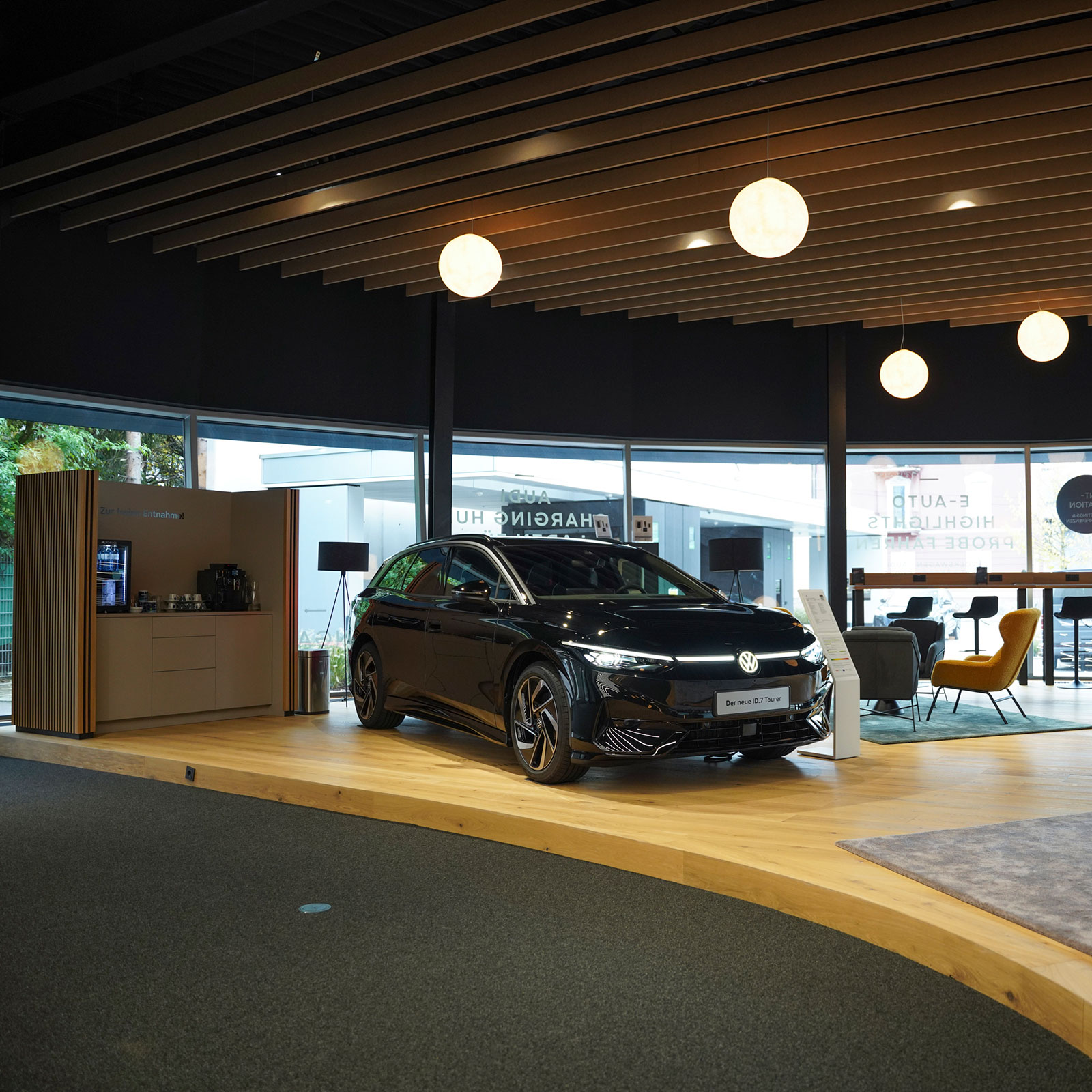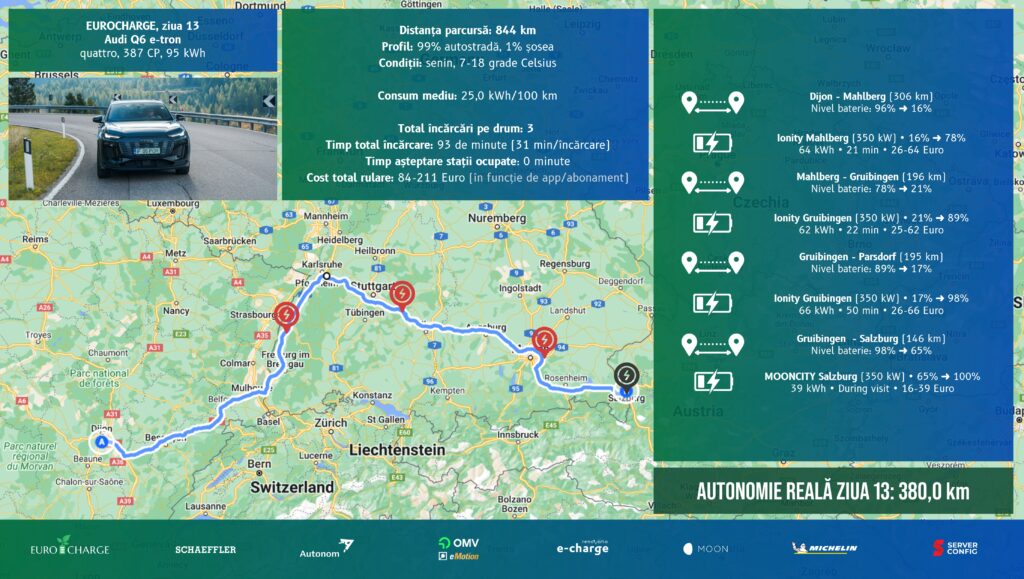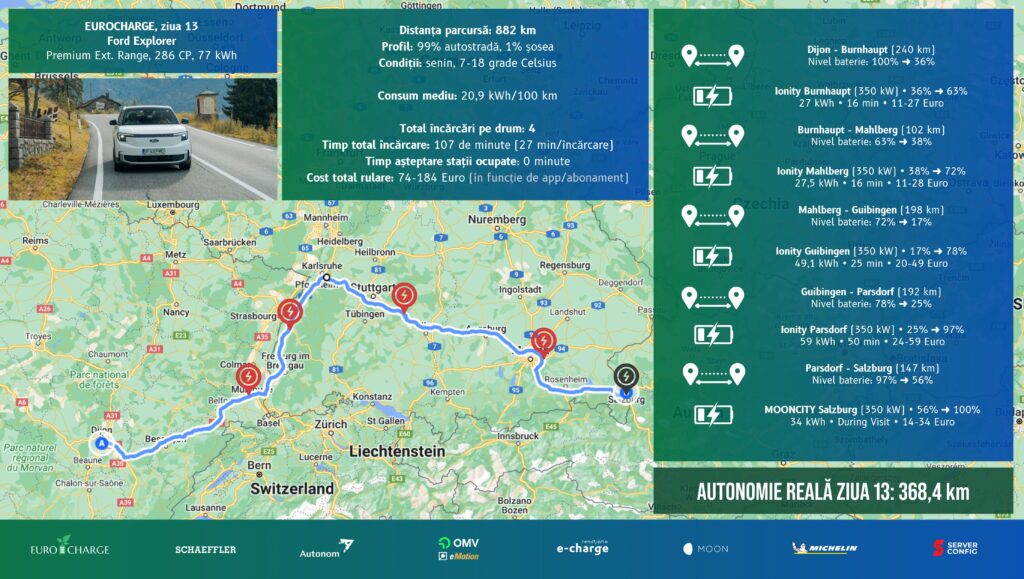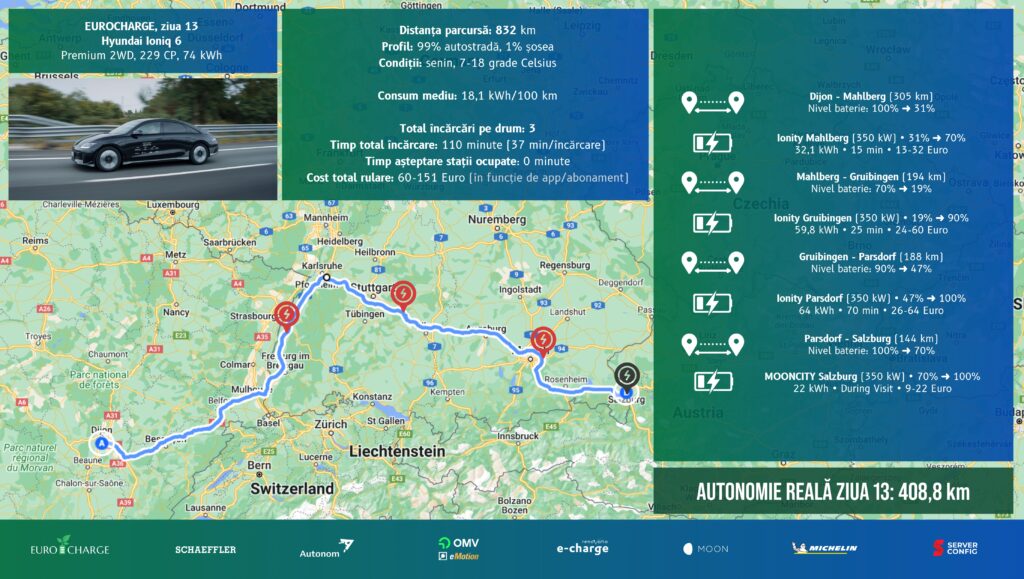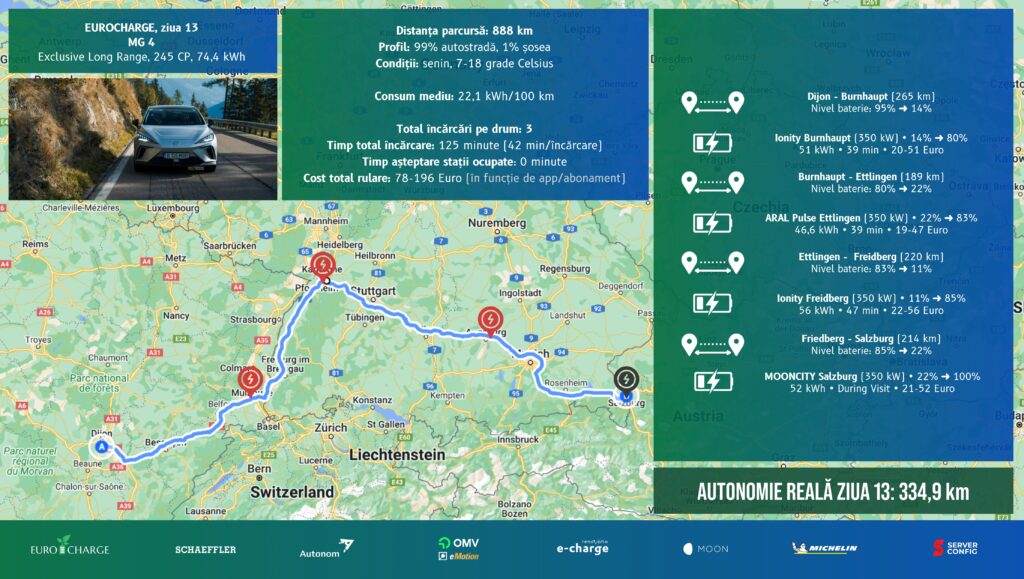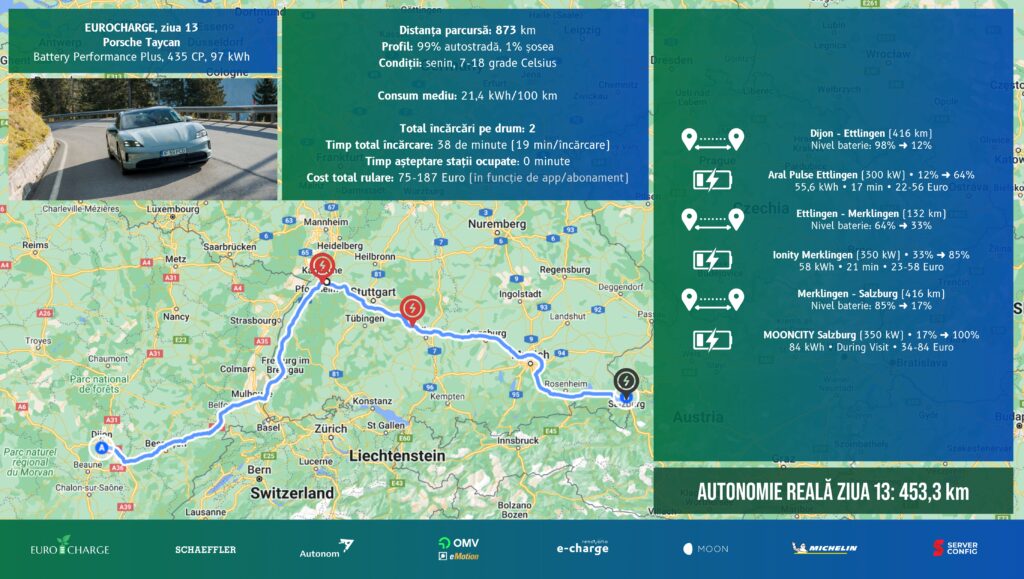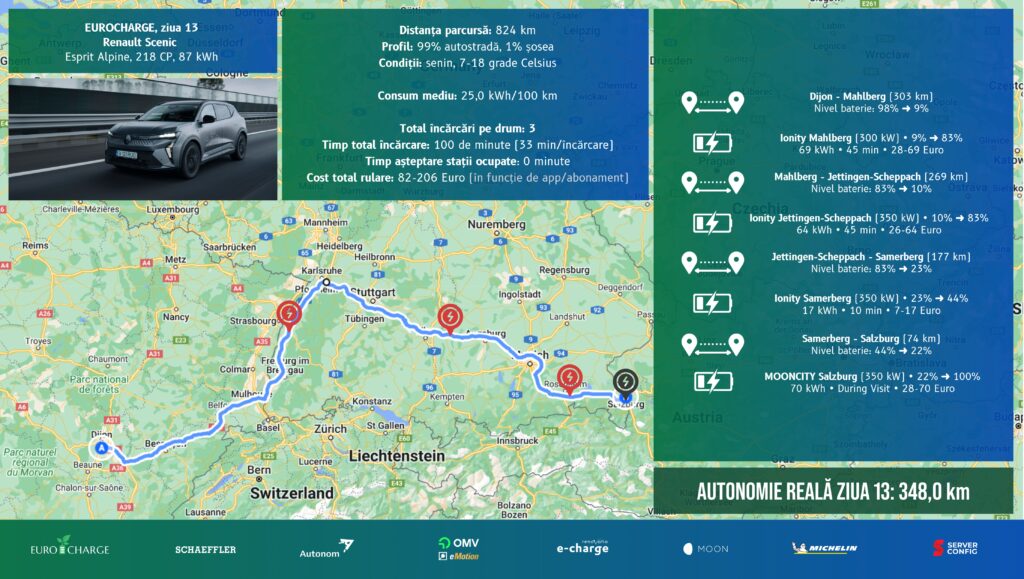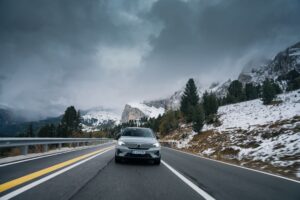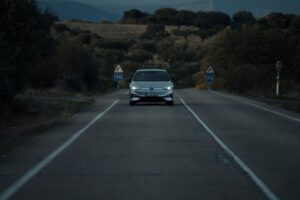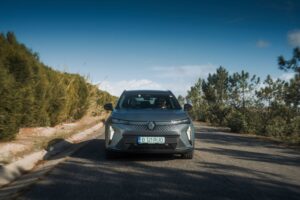You will read in the following lines a long piece, similar to the more than 2,600 km traveled in the last 3 days. Three days that were like contemplating a timelapse – this is what reality looks like when you have infrastructure. You get the feeling that someone invented the time jump.
I love Portugal, and in addition to the hunger for knowledge that this tour is whetting my appetite a little, I also wanted to return to this beautiful country. A small parenthesis? A nation says a lot about itself when it chooses its national day, the day the national poet died – June 10. In 1580, on June 10, Luís Vaz de Camões – the Portuguese national poet – died. He would probably have chosen his birthday, but because population records were probably not invented, it is thought that he was born somewhere between 1524-1525.
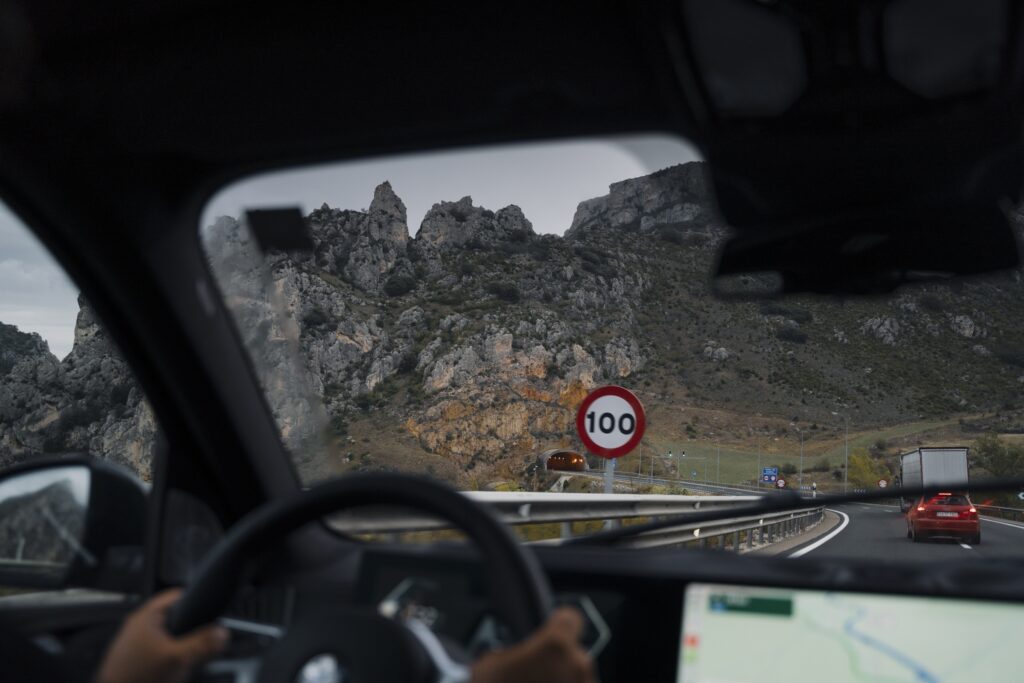
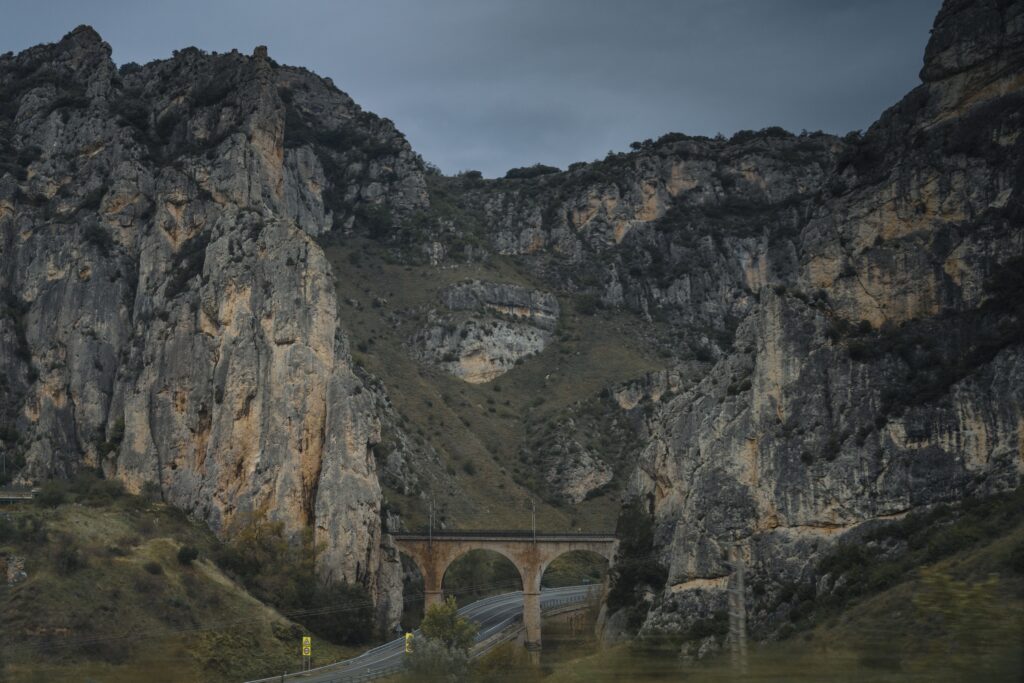
I think I’ve recharged my batteries for half a year on the Atlantic shore. But we had to leave, and there’s no regret, I’m running home to the girls I miss so much. But until then I have one of the most difficult stages, leaving Portugal and Spain behind the wheel of the MG4.
As you usually have a hard time separating yourself from the Atlantic coast, from Obidos we set off more slowly than on other days. But eventually the ever-present rain finally drove us away. Towards Valladolid we had to clock up 564 kilometers.
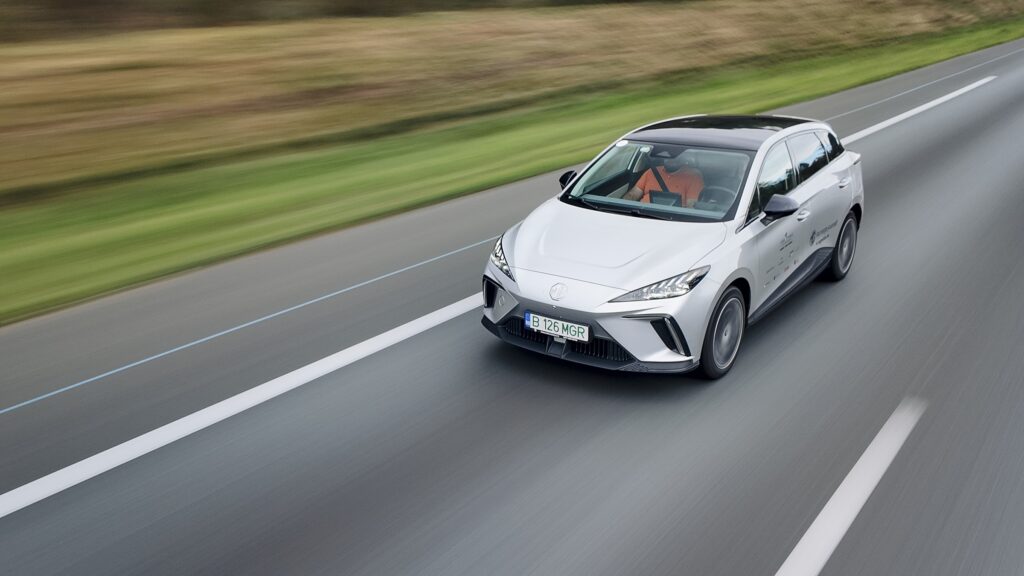
Coming back to our car, if I try to remember the last time I drove an MG, I will have great difficulty identifying the moment. With an MG TF, I remember on the AMC Kart circuit, I had to be more thoughtful because gas was literally flying out of the tank. Not the case today with the MG4. But neither have we gathered in EUROCHARGE by Schaeffler to be gentle, with ourselves or the cars. When you open the pdf of the program for day 12 and the first thing you see is: Valladolid – Dijon / 1,230 km, you want to dive deeper into bed.
A little revolt or illiteracy caused by lack of infrastructure
1,230 kilometers can be converted into many moments of reflection, and perhaps one of the saddest conclusions of this tour is that the infrastructure in our country is keeping us on the dusty road. It prevents us in the most real way from accepting realities that are natural for other countries in the European Union. A journey from Bucharest to Galati, or to Pitesti, Brasov, Constanta, choose a destination 250 km from Bucharest, is much more tiring and challenging from an infrastructure perspective. I do not want to talk about how we behave on the roads.
After 1,230 km “beyond”, I arrived at the hotel more rested than after a drive to Galati, that’s the reality. And I can tell you that this distance, traveled in the MG4, took 12 hours, during which time I also did 5 loads and drove half of the route in pouring rain. I have to let this ball of revolt that has been rolling around inside me be vocal. Towards the end of this tour I experience the feeling of arriving somewhere, a place I call home, where someone turns out the lights so I can’t read.
But the last almost 800 kilometers of the 2600 kilometers of this Lisbon-Salzburg marathon were a Porsche Taycan’s comfort. And I’m glad that this car of tomorrow, so it seems in today’s landscape, led me to MOONCITY. A place of tomorrow.
To the bright side of the MOON

Let me challenge you to an exercise. Let’s imagine that we are tomorrow, and from there we must imagine the next day, obviously starting from the givens that make up the future reality. Difficult? Yes, it is a difficult exercise when you haven’t reached the maturity to know what you want, because today you don’t have the ingredients to compose your future needs.
That’s how I felt at MOONCITY – the largest urban electric car charging hub. Where? In Salzburg, Austria.
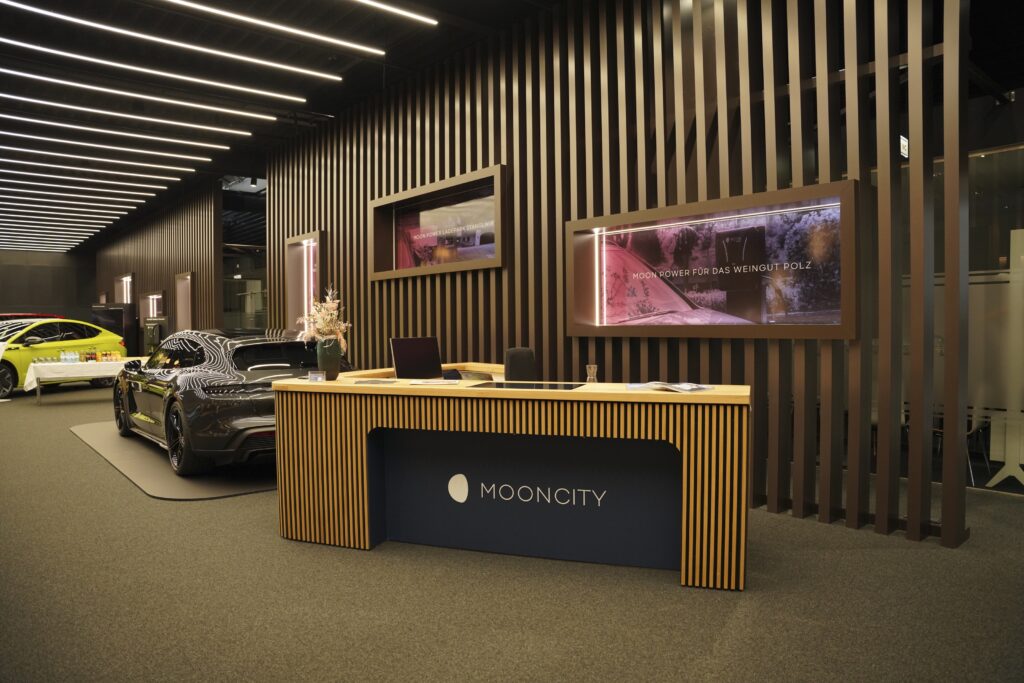
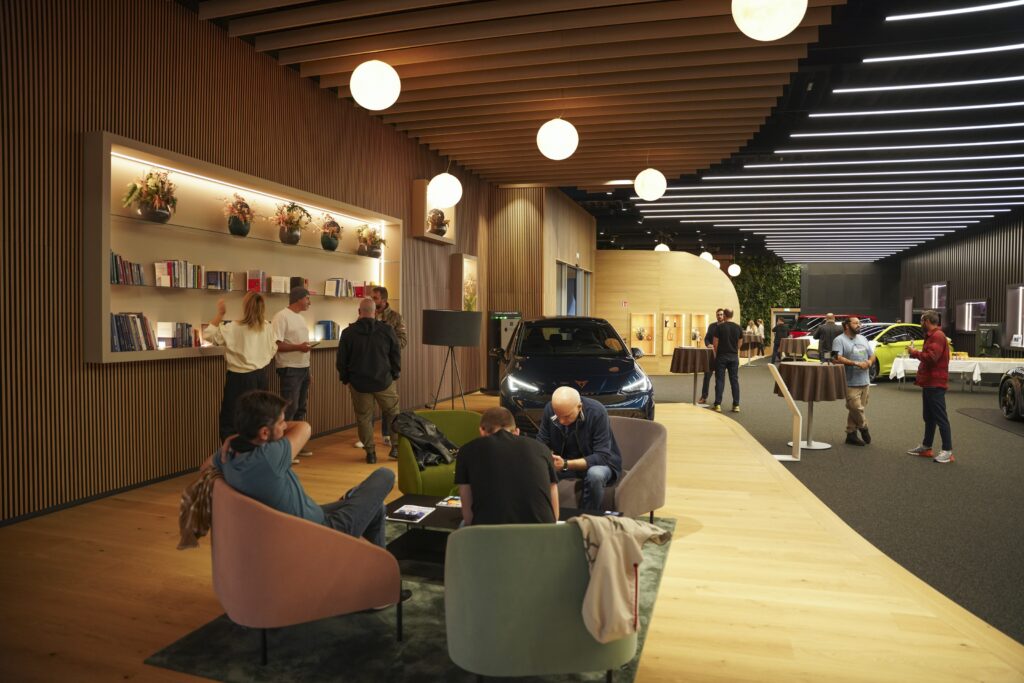
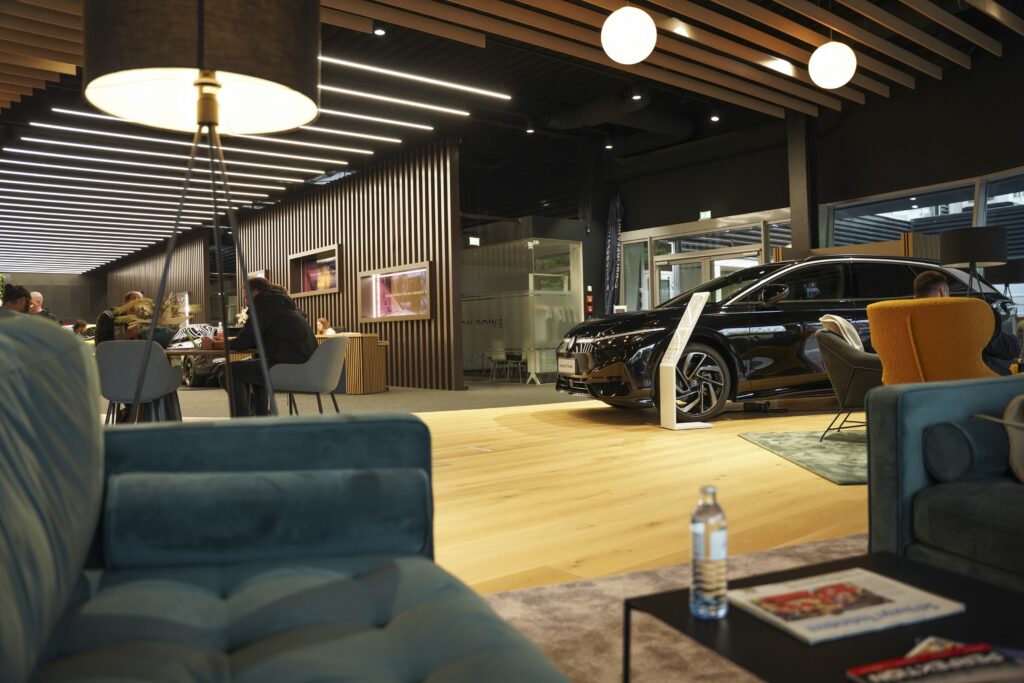
Without too many metaphors, it’s a hub with 26 charging stations located in the middle of Salzburg with quick access to the city center. Obviously, you can charge your car. Nothing out of the ordinary so far. But while the car is charging, you can take advantage of the Lunar Lounge, a place where you can relax, enjoy a good coffee, read a few pages, work for a few dozen minutes on a presentation, enjoy lunch – it’s a space that surprises you with its elegance and the feel-good atmosphere it induces. Frankly, it all looks and feels so good, you wish you didn’t have 350 kW DC stations. In 18 minutes, the time it takes the Taycan to go from 0 to 80% on a 350 kW DC station, you can barely feel the warmth of this space.
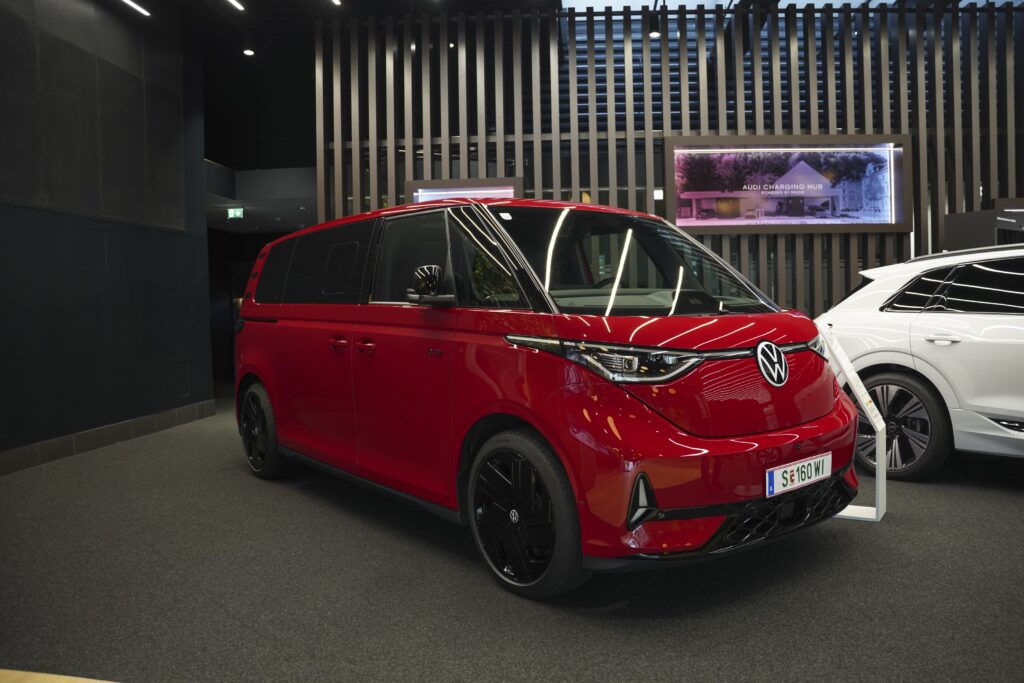
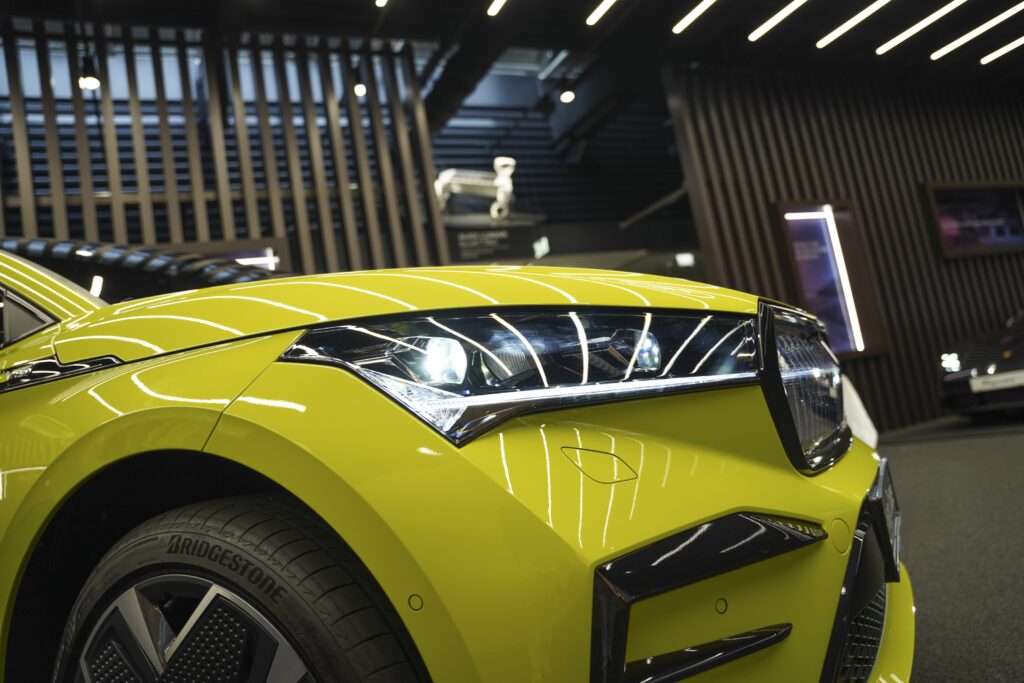
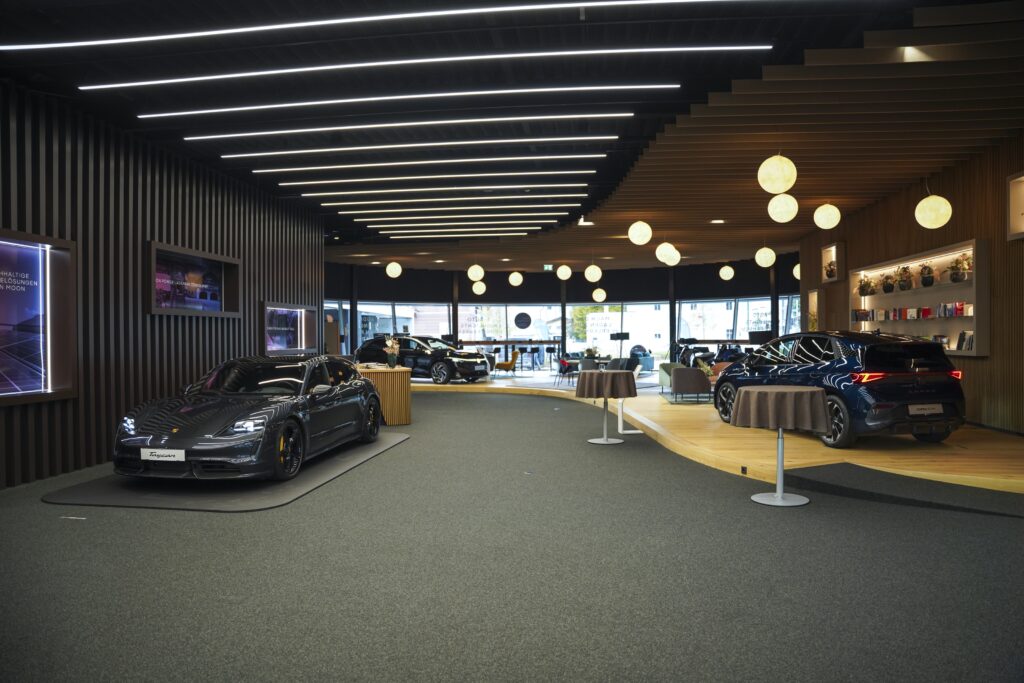
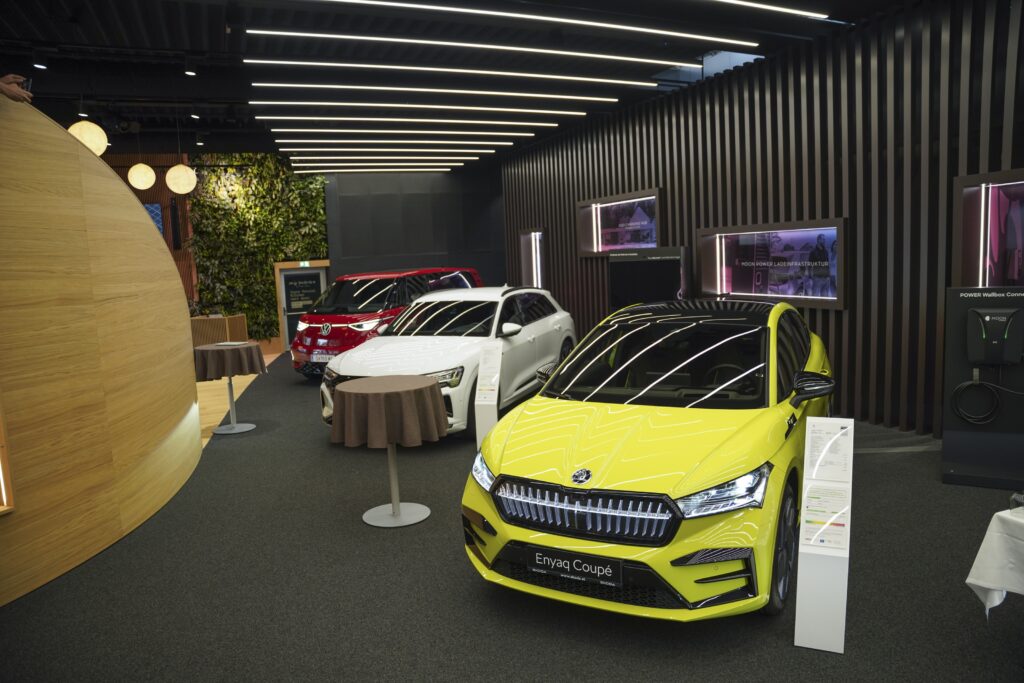
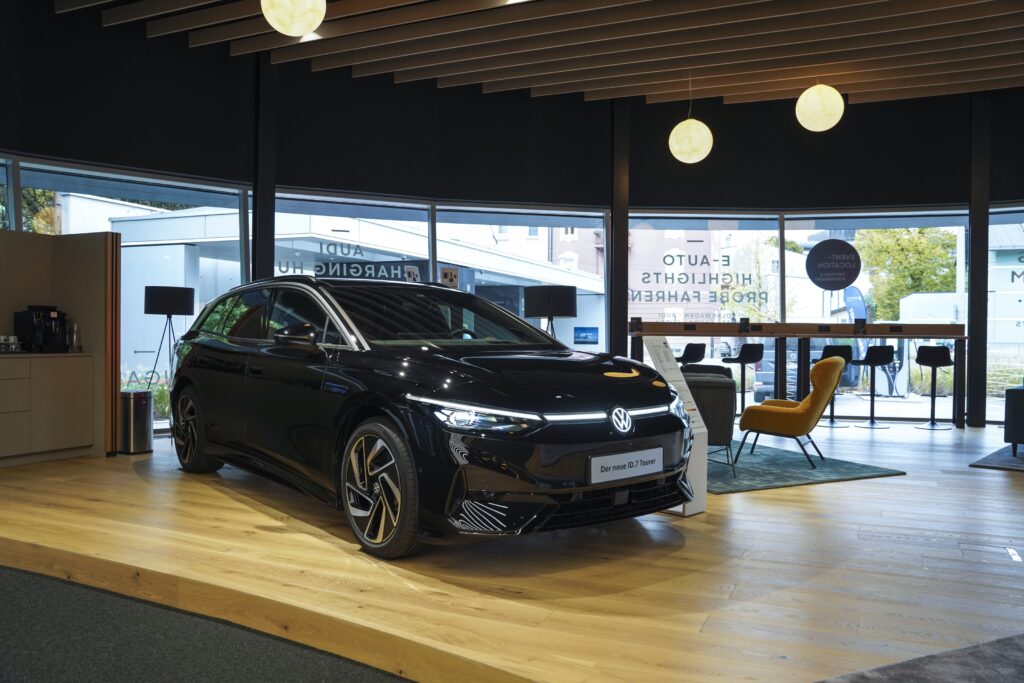
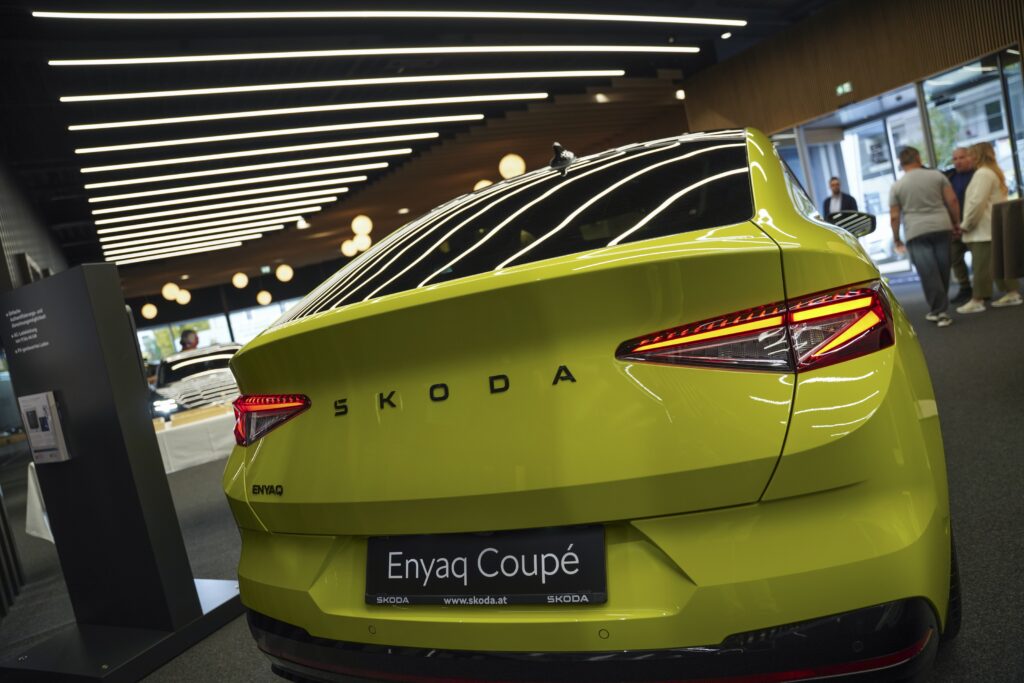
I probably forgot to mention that you can take one of MOONCITY’s cars out on the town for a test drive while your car is charging. You might want to check out the new Volkswagen ID.Buzz GTX. Or the Skoda Enyaq Coupe RS. There are other models to choose from, five electrics in total. A space that can host events for up to 200 guests or business meetings in spaces equipped with state-of-the-art technology.

We had a taste of the MOONCITY normality with our hosts – Rebecca Hartung, Max Quehenberger and Wolfgang Baumgartner, who narrated the migration from concept to today’s solution, which brings satisfaction to customers in more than 20 countries.


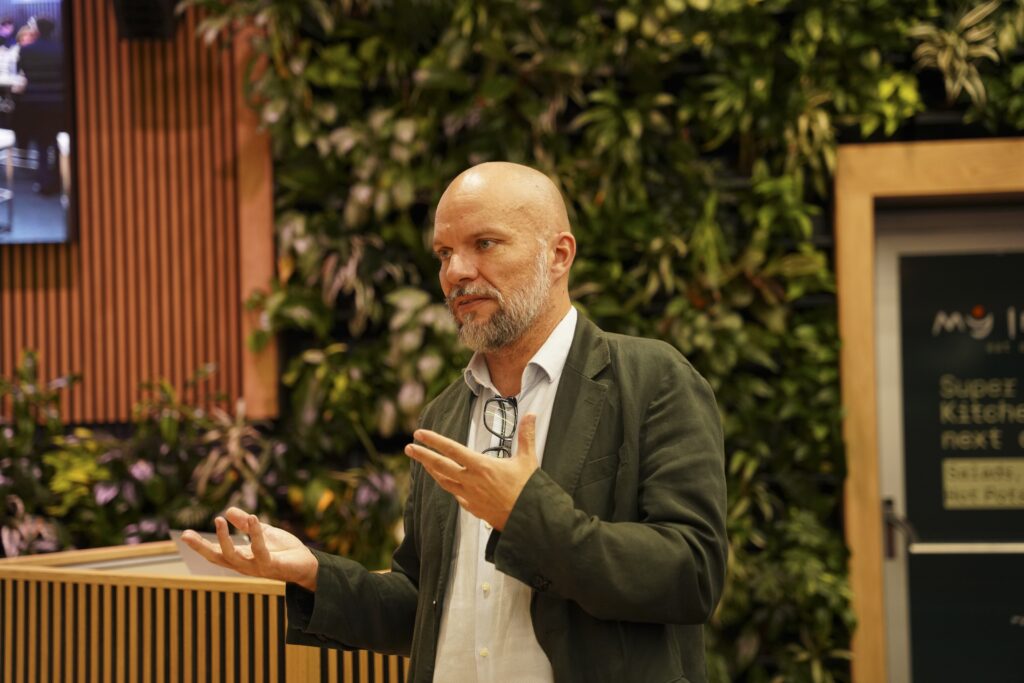
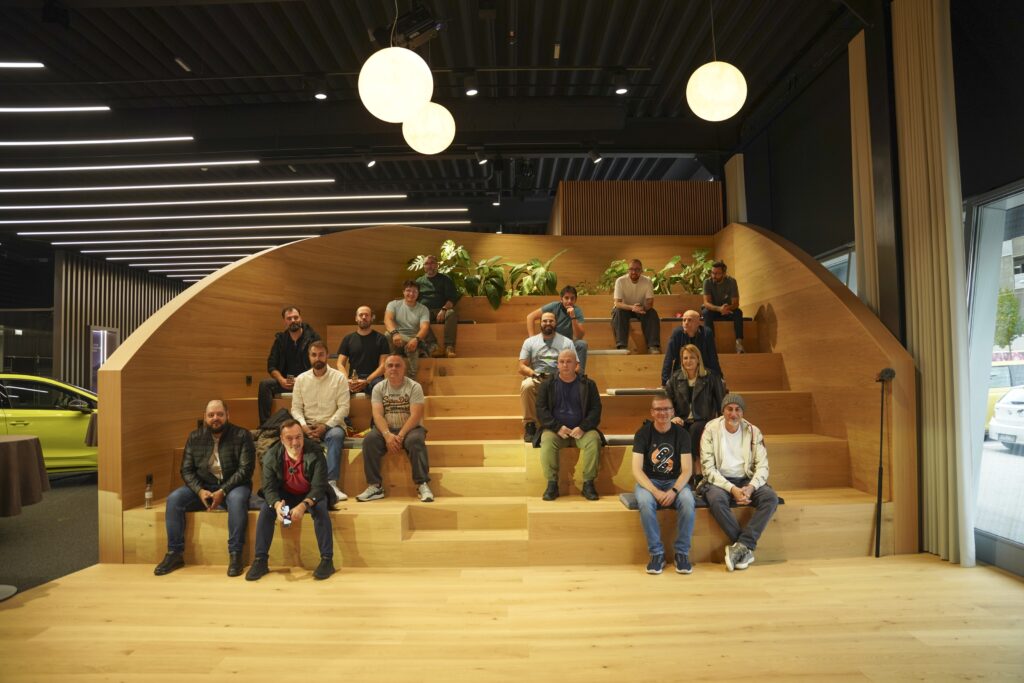
And to be fair, we should call it MOONCITY 2.0, because what we visited was inaugurated in 2023, in collaboration with VW AG. MOON was born in 2017, with two employees behind it. Things have evolved, MOON is now part of Porsche Holding. The years 2019-2000 represented expansion, and today Romania is on the MOON map. And a partner for Autocritica’s editorial projects since the inception of these electric car test-drills.
Today, MOON is present in over 20 countries, employs over 80 people, has installed over 5,000 charging stations, has 1,663 kWh storage capacity and solar panels with the capacity to produce 6,646 kWp.
Even the MOONCITY hub includes charging stations with battery pack charging stations powered by solar panels or second-life battery packs that can store enough energy, but are no longer at the level where they offer guaranteed range for the models that donated them.
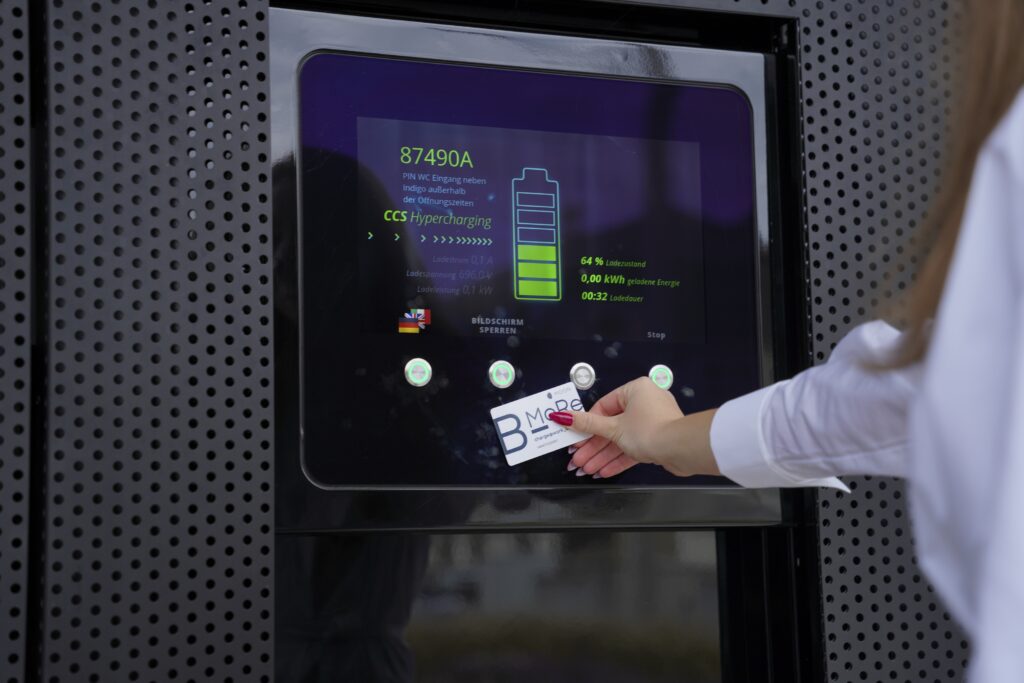
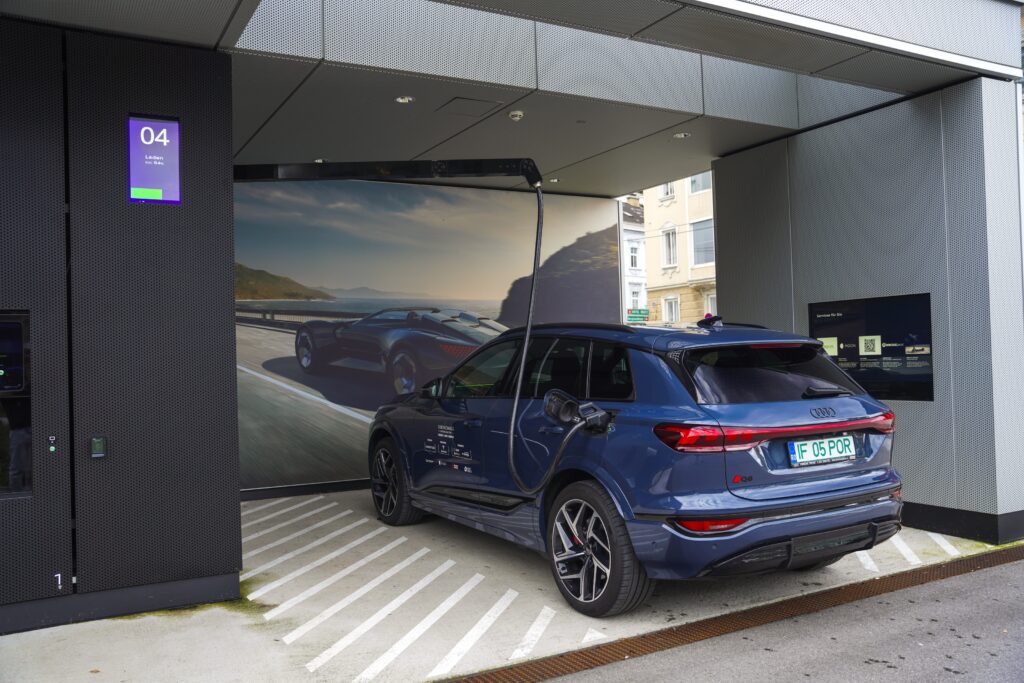
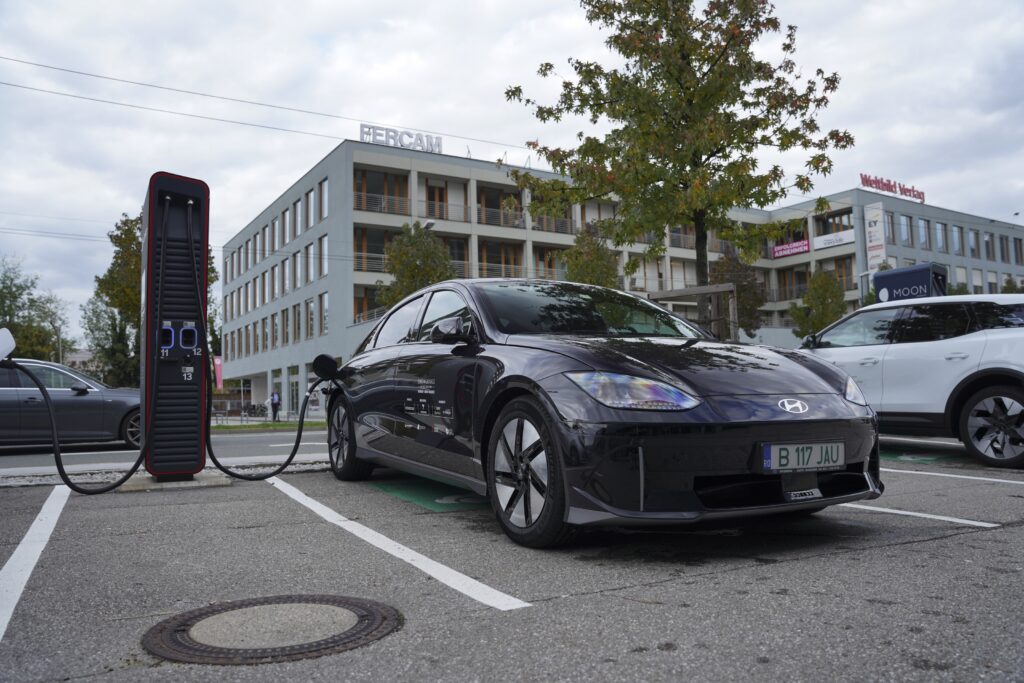
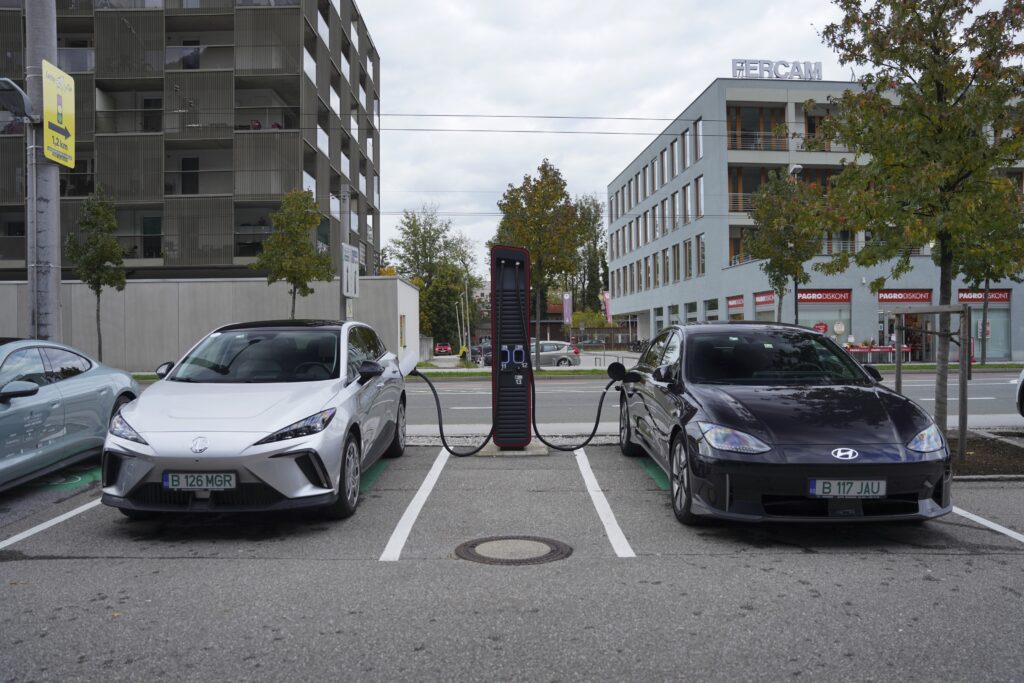
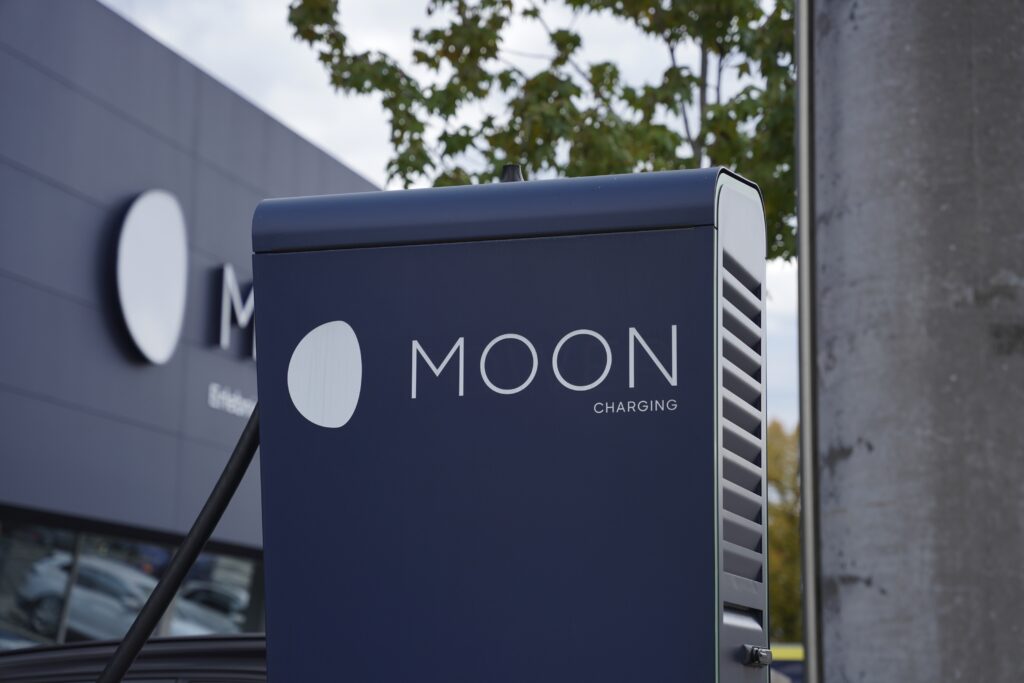
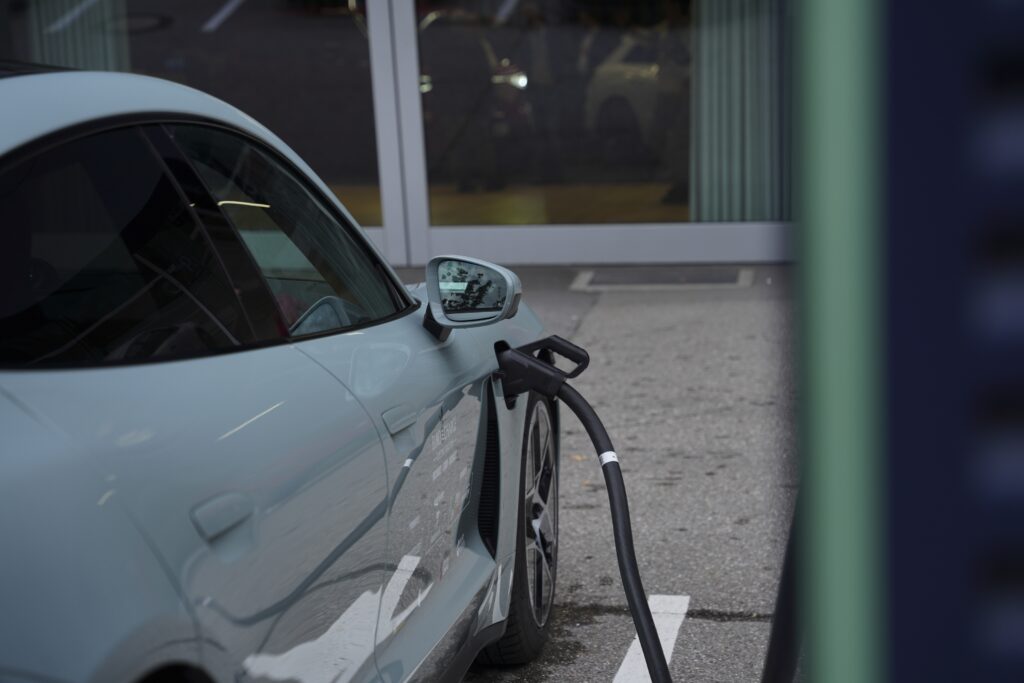
MOON has a range of services and products that can go beyond what you can imagine, from home and office charging stations to photovoltaic panels. And if you’re struggling in that department, I’m sure they can help you envision not just tomorrow, but the next.
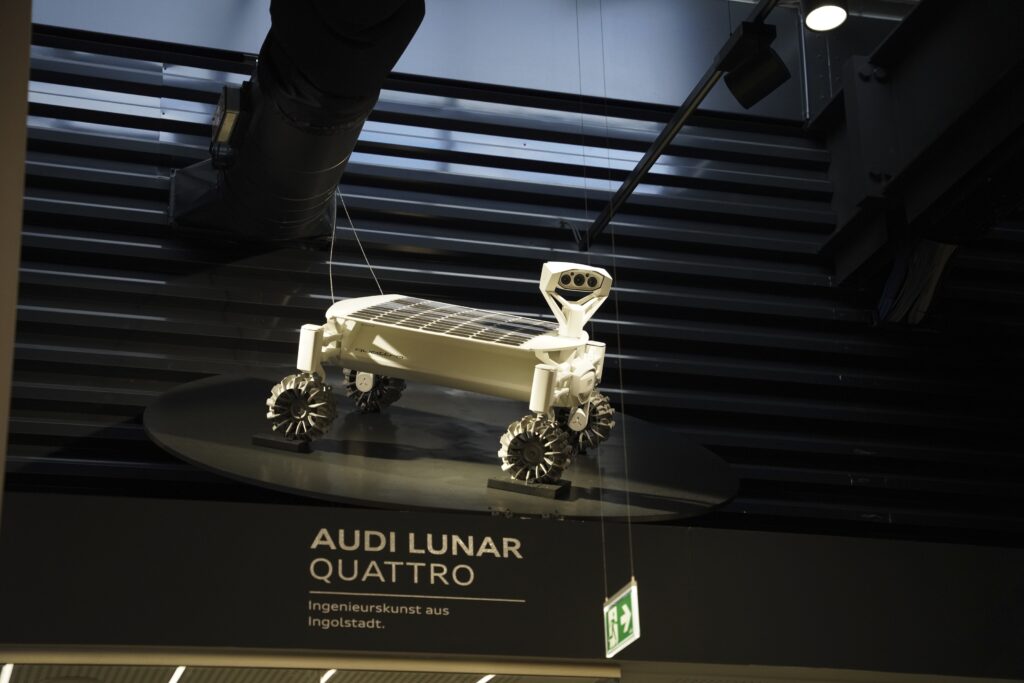
Schlumpf obsession
EUROCHARGE can be considered the product of a Schlumpf obsession, only in our case we are talking about an obsession to discover, to know. To delude ourselves that we could quench our thirst, we also paid a visit to the Musée National de l’Automobile Mulhouse on the way from Dijon to Salzburg, something born of what is nowadays known as the Schlumpf obsession. A visit “suggested as a must” by Autonom – Green Partner of EUROCHARGE and a company obsessively dedicated, among other things, to the continuing education of its partners.
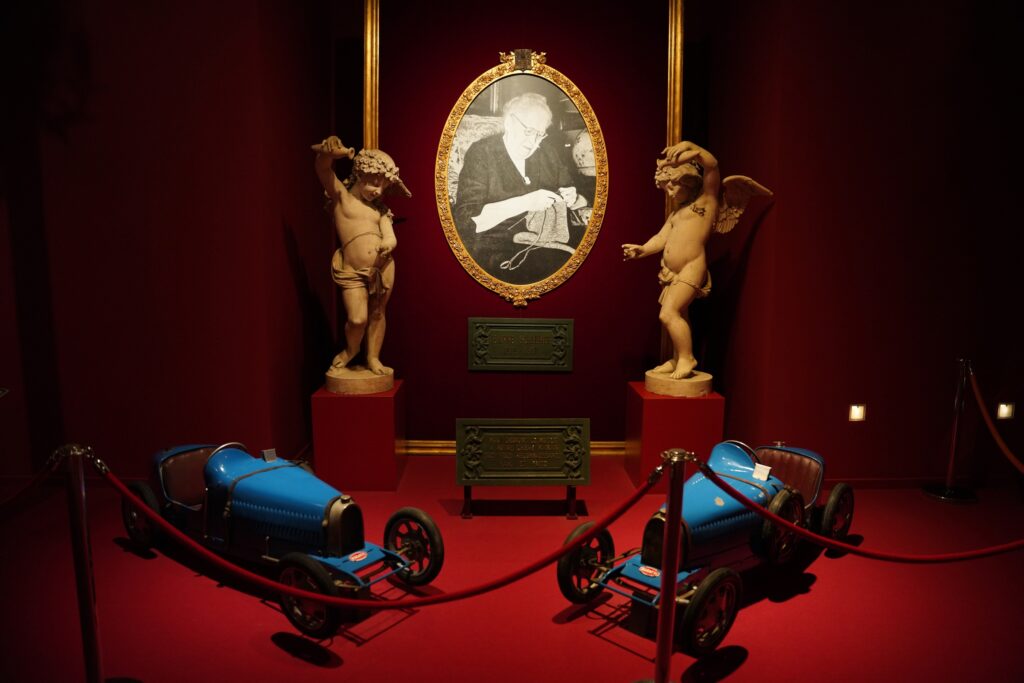
In short, what the French call the National Automobile Museum in Mulhouse is a collection in which 400 models are on permanent display in three sections. In total, the museum currently has almost 520 examples from 98 manufacturers.
The moment I stepped into the museum was overwhelming. I have visited several such sites before, most recently the Petersen Automotive Museum this summer, including the famous “The Vault”. But the Musée National de l’Automobile was a unique experience, I have to admit that I had real difficulties to understand and accept that everything is real and in front of me.
From wool spinning to the world’s largest car museum
It is the story of two brothers – Hans and Fritz Schlumpf, who set up a wool spinning mill. Fritz Schlumpf is the bohemian, the one in love with cars, motorsport, and just before Germany invaded France, he bought a Bugatti Type 35B. In the 1950s, the two began to acquire only extremely rare models, and the collection was born. In 1981 the collection was sold to the National Automobile Museum Association (NAMAoM) after the French state put down a revolt by the Schlumpf brothers’ employees, who were unhappy with their wages and their bosses’ conversion of a production hall into a garage for expensive cars. The museum in its current form opened in 2000. What can you see? The largest collection of Bugatti models. Then a collection of 10 Gordini racing models sold directly by Gordini to the two brothers before the brand was bought by Renault. Then Maserati 250F, Mercedes-Benz W125 and W154. Two Bugatti Type 41 Royales out of the six produced in history. What else can I say? For the full experience, you need a minimum of one day to visit the museum.
We head to the parking lot, where the 8 electric cars that have made the Bucharest-Lisabona and back are waiting for us.
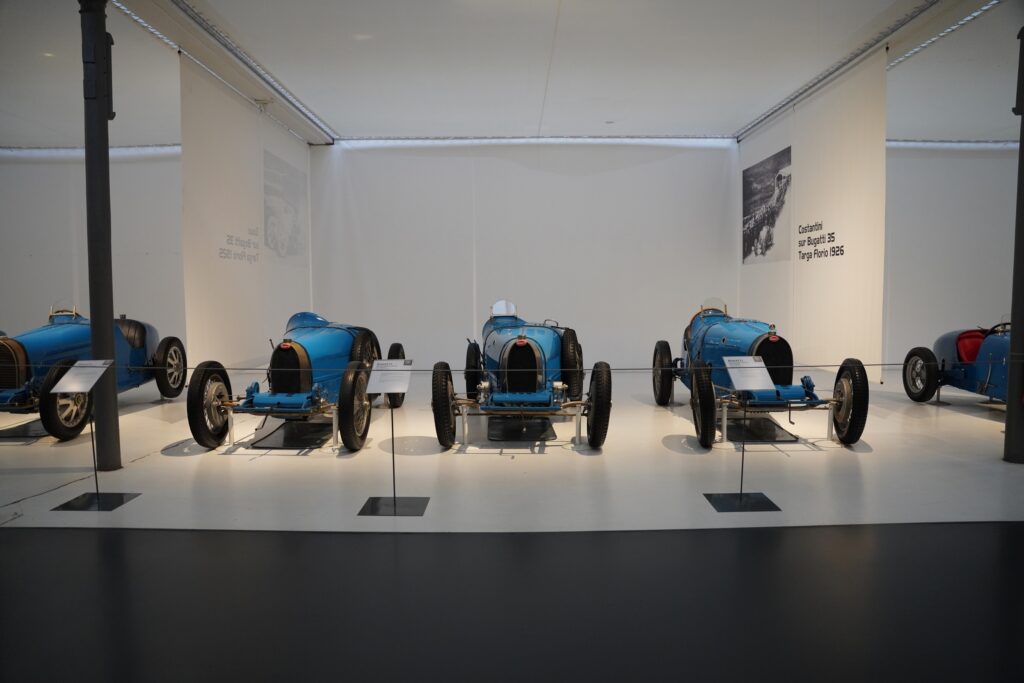
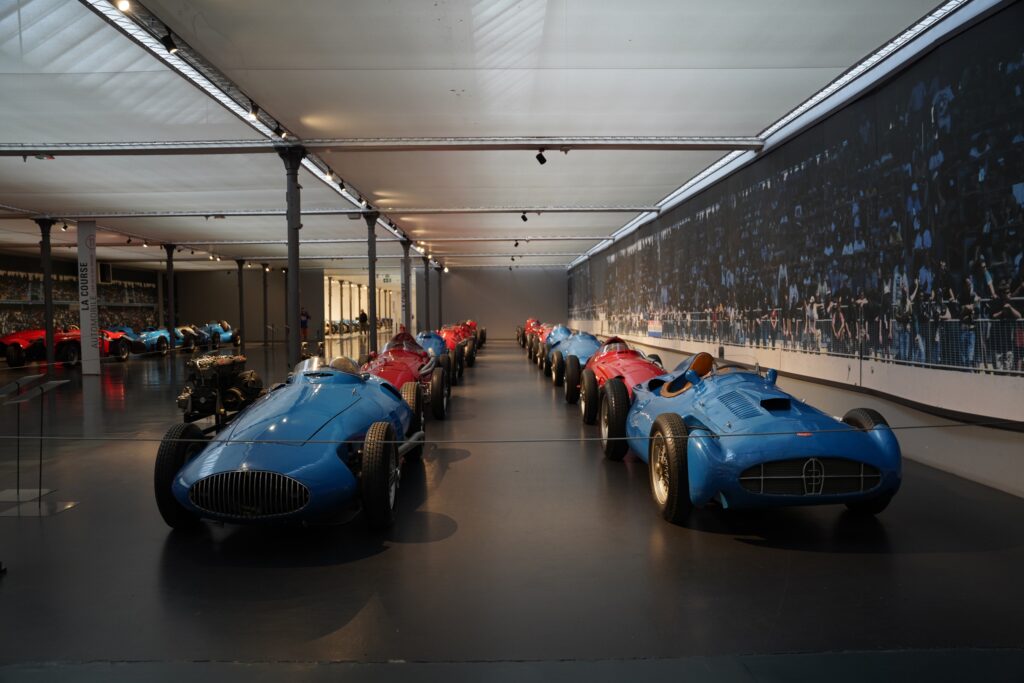

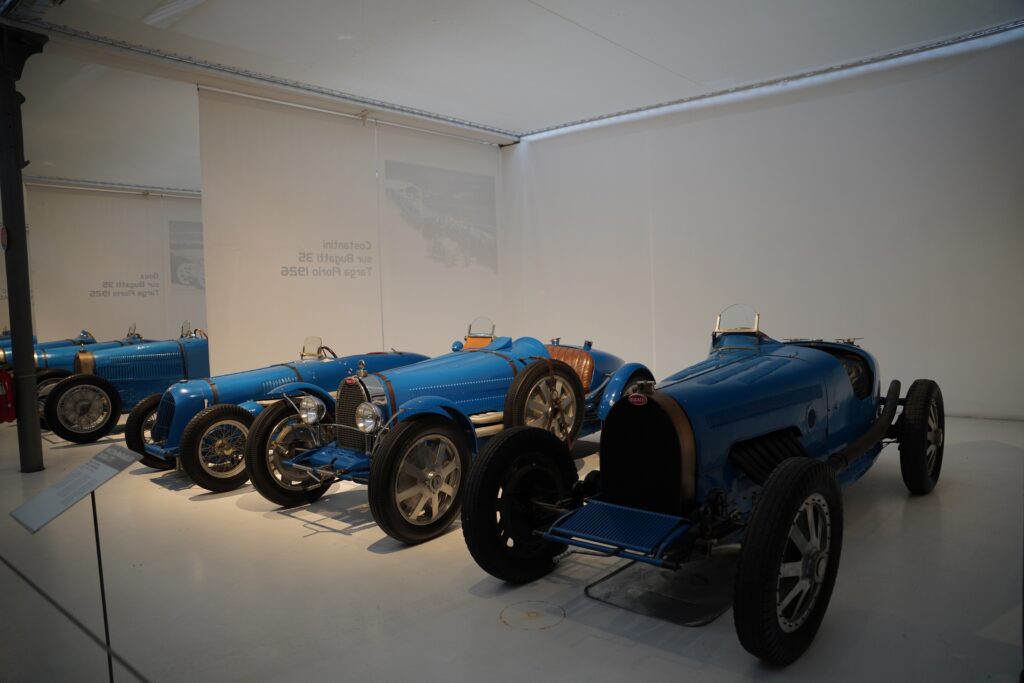
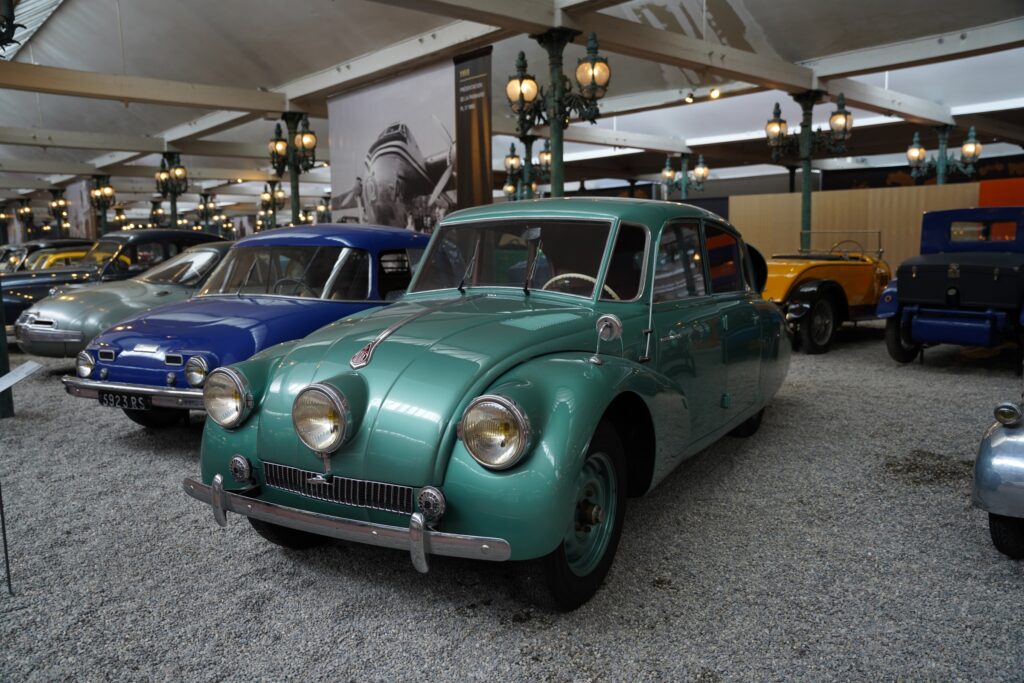
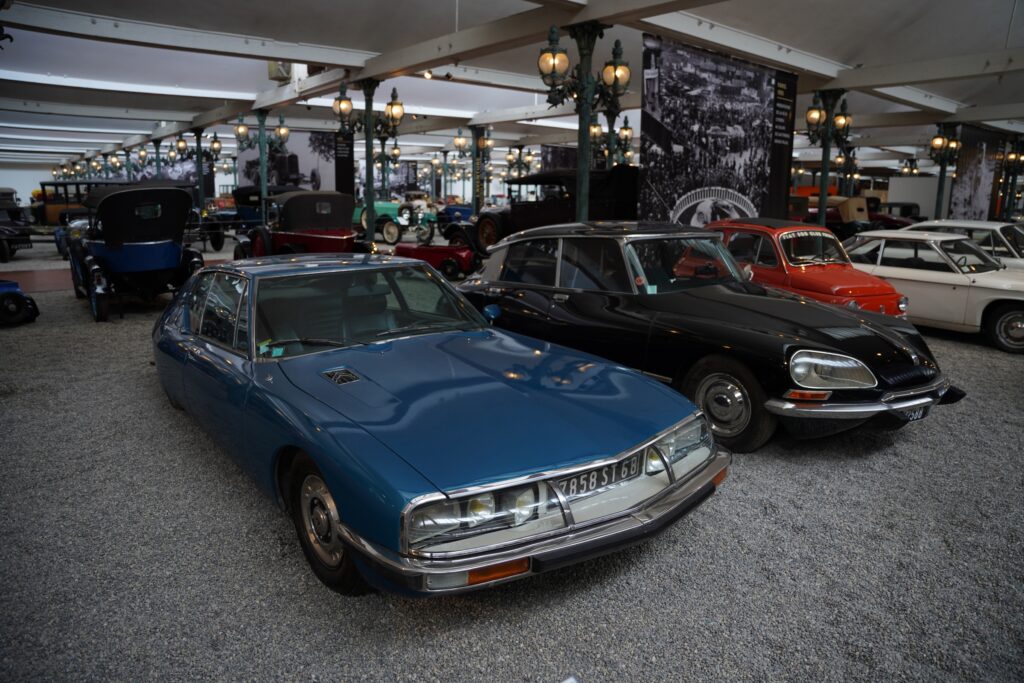

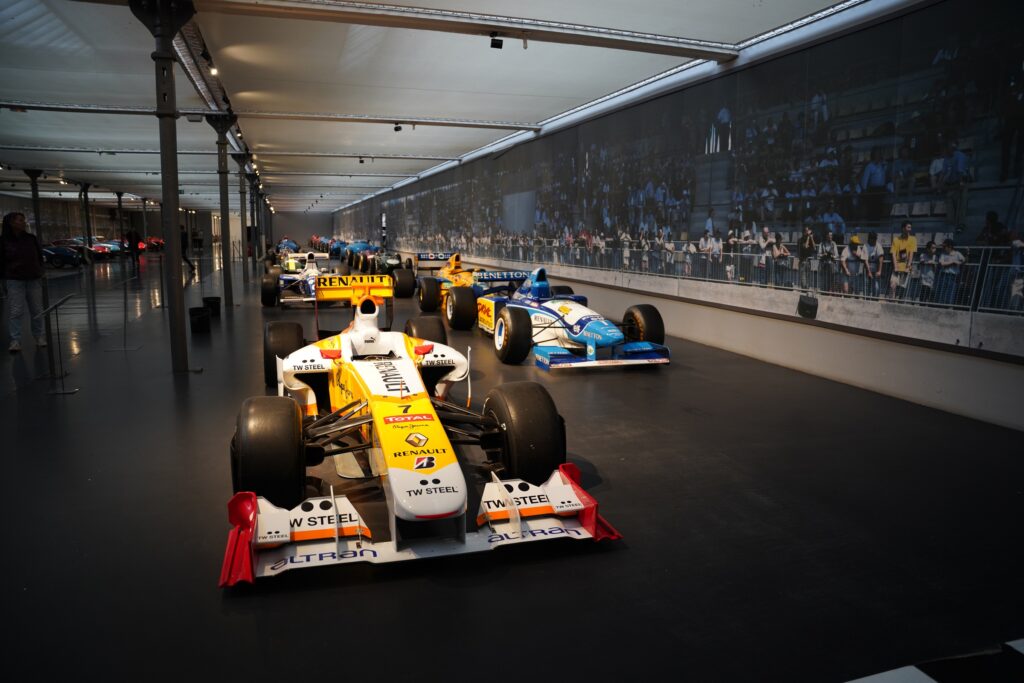

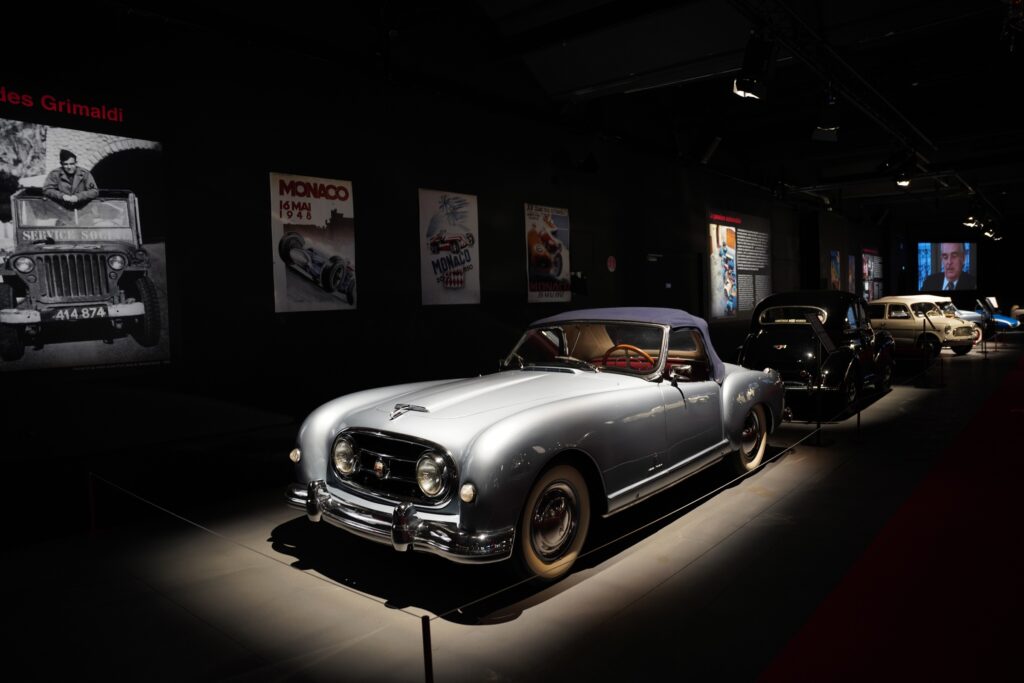

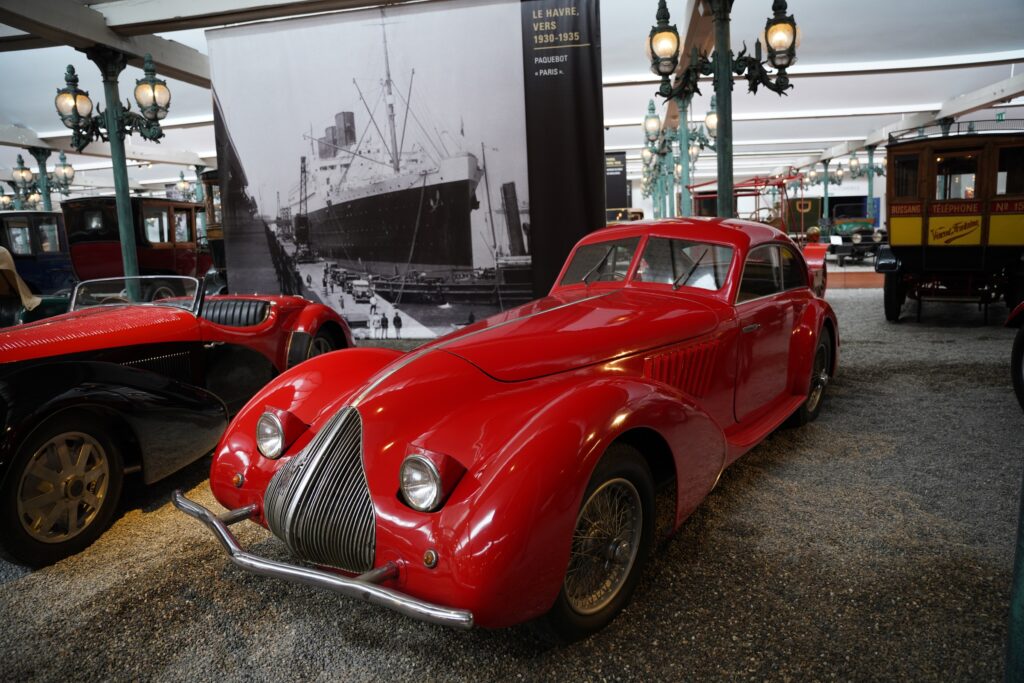
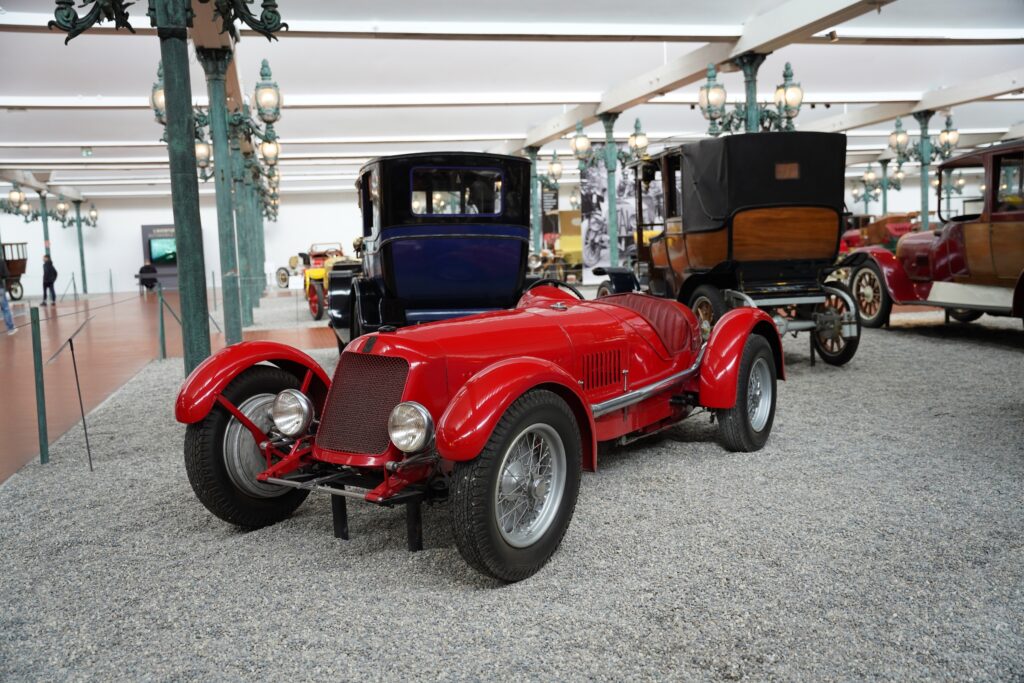
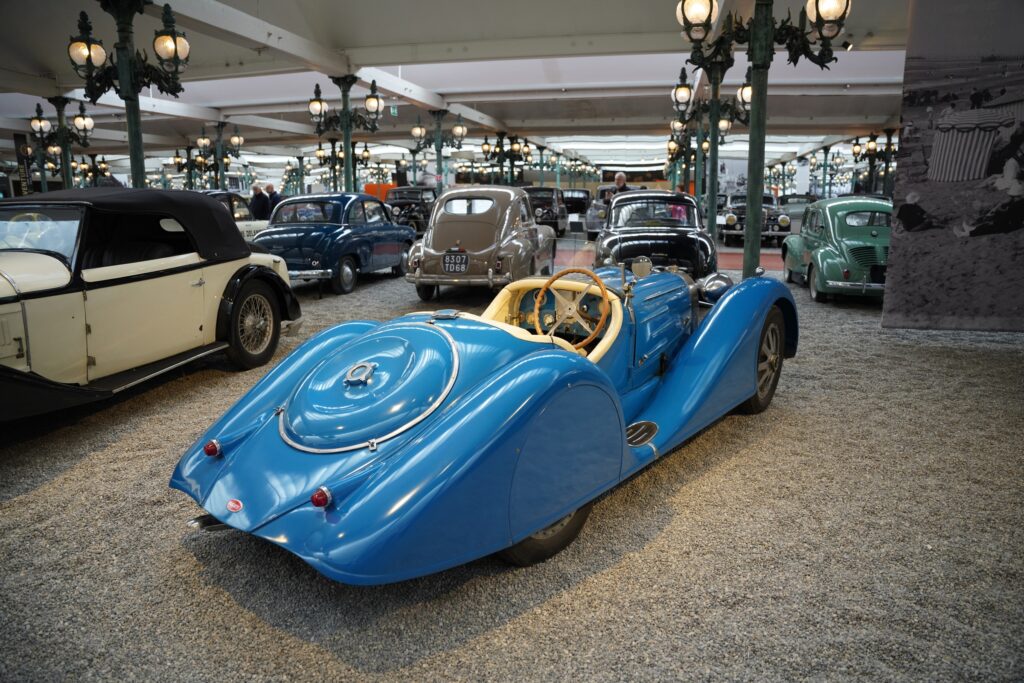
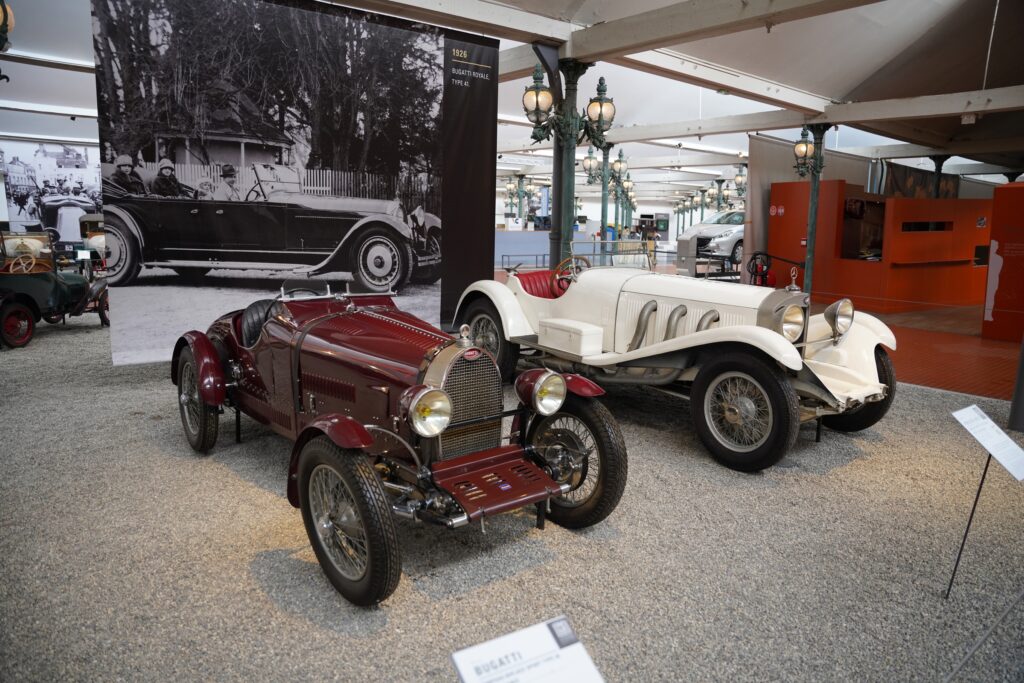
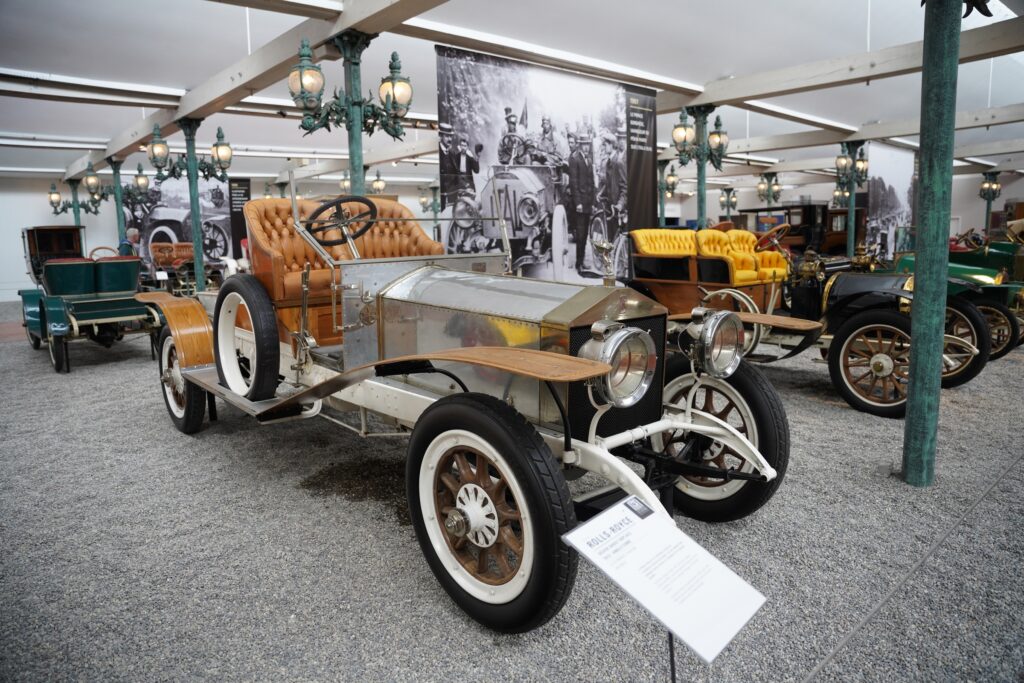
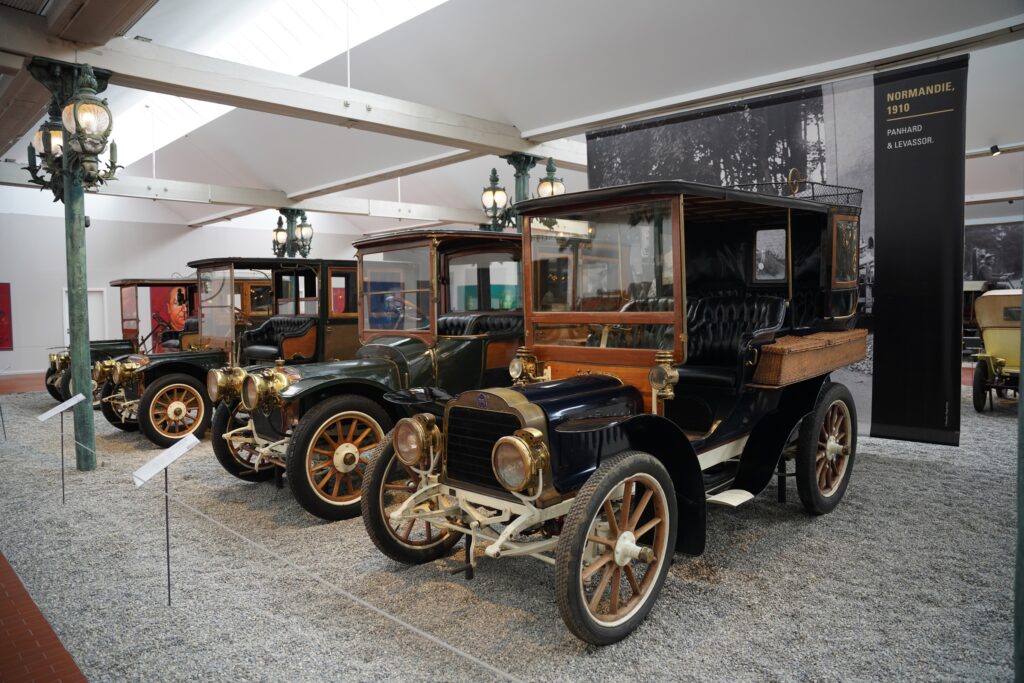
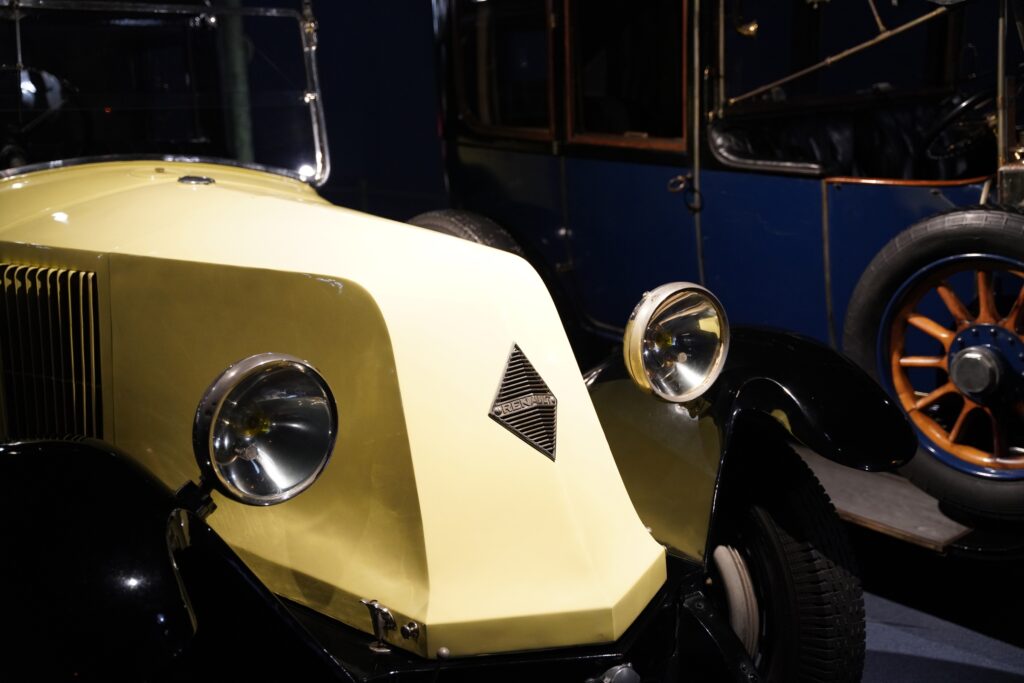
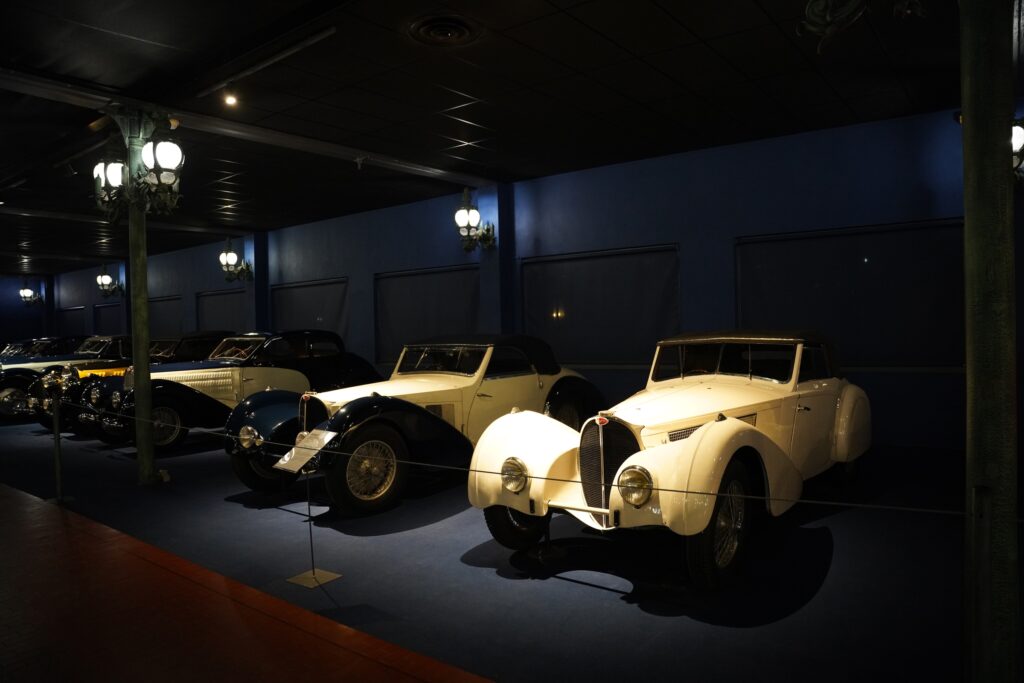
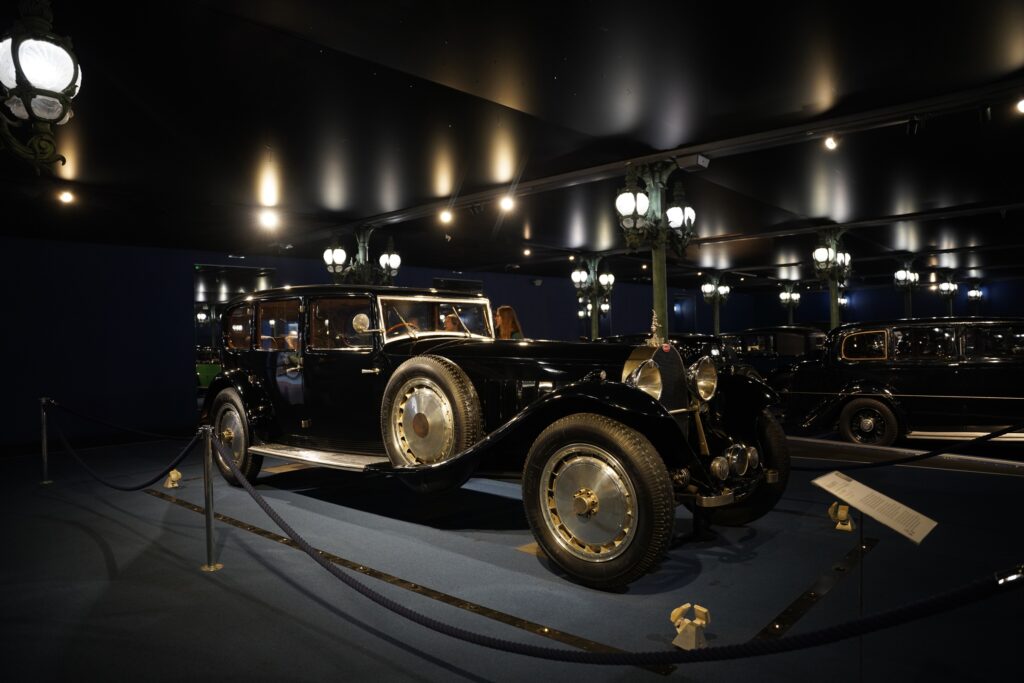
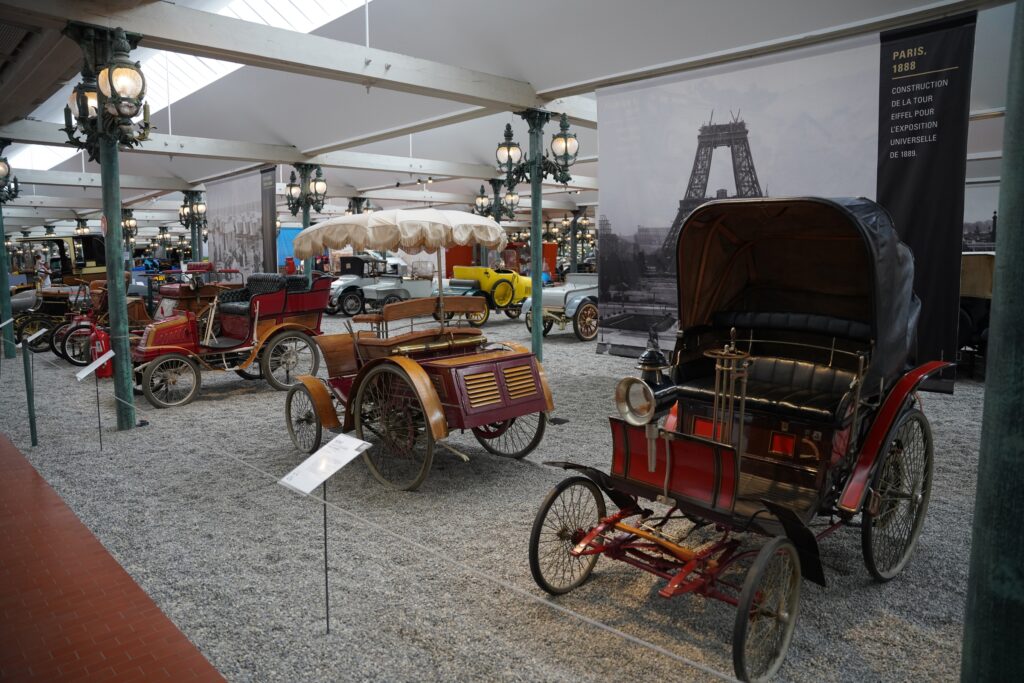
Audi A6 e-tron
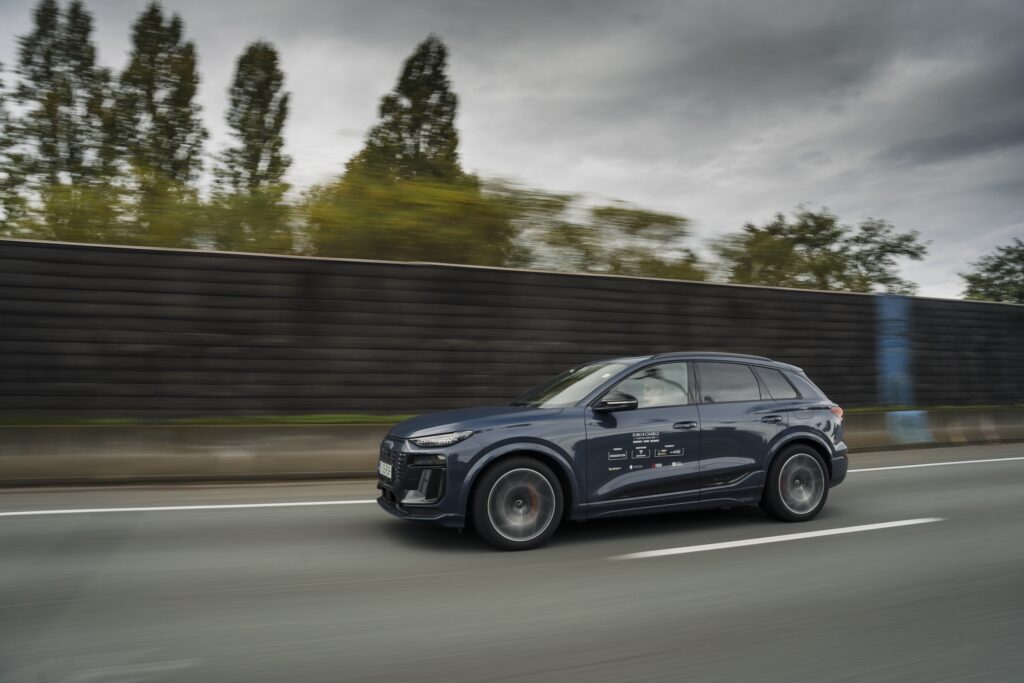
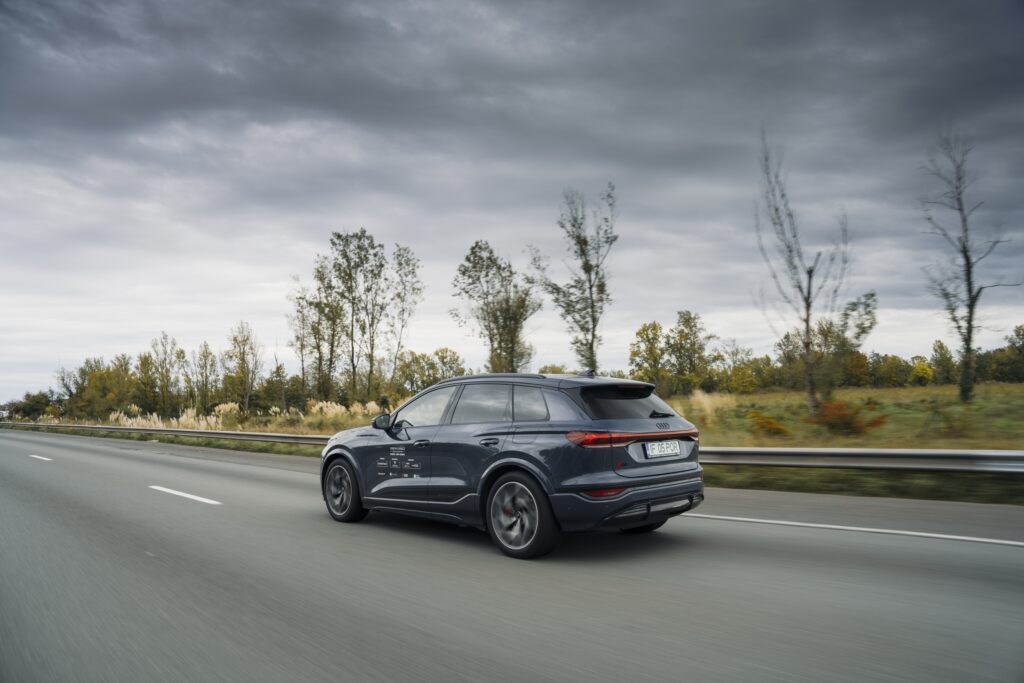
Laura Antonov(LaChicBoutique) on Audi Q6 e-tron
I think the most important thing I’ve learned on this electric car road trip is that, yes, range is important, but just as important is how quickly you charge the car.
And in that respect, the Audi Q6 e-tron wowed us at every charging stop, rushing us back on the road.
If the Porsche Taycan is the rich and eccentric guy in the group, the Audi is definitely the elegant and understated type, despite its size.
And even if it’s not butterflies in my stomach like the Porsche Taycan, as I discovered it, I realized that the Audi Q6 is a much more rational choice, ticking more boxes of what I would need from a car (space and utility first and foremost).
Technology and features explain the €100,000-plus price tag, and if that doesn’t scare you off, then you’re sure to find the Audi Q6 e-tron the ideal partner for vacations (and beyond), even road trips from Bucharest to Lisbon and back.
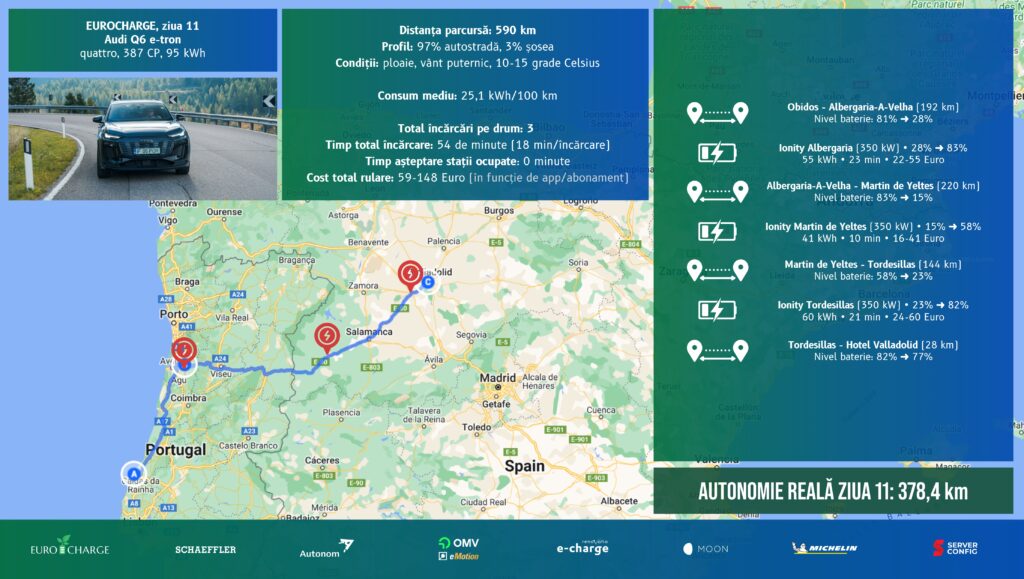
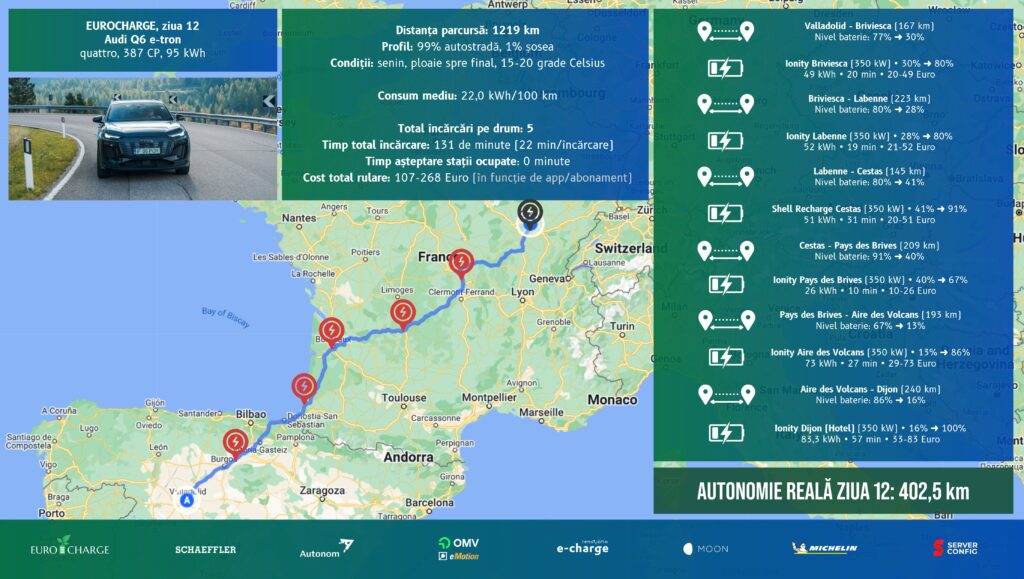
Tibi Buzdugan(electromobilitate.com) on Audi Q6 e-tron
The Audi Q6 e-tron e-tron is exactly what you’d expect from a premium car over €100,000. Very comfortable, very quiet even on the highway (at speeds up to 130 km/h you can barely hear the wind). All surfaces you touch inside are very smooth. I particularly liked the Alcantara-covered dashboard, which also had a layer of sponge under the upholstery.
The HUD is one of the few that looks decent even with polarized sunglasses. Not perfect, but you can easily read the information on it. Unfortunately, it doesn’t have too many options to customize the information displayed. Same goes for the screen behind the steering wheel.
You can go long distances without range anxiety even on the highway, where range is approaching 400 km. And if you do run out of battery, the 800V architecture helps you get on your way very quickly. At over 250 kW, 15 minutes is enough to add over 250-300 km to the battery.
In the 500 miles I drove it, there were a few problems that I eventually solved, but I didn’t expect that in a premium car. The charging only worked when the car was locked. The charging port cover is motorized, so you had to hold it by hand while locking the car to keep it from closing by itself. When unlocking the doors, the charging would sometimes stop itself. The second problem was related to the infotainment system: if the phone was plugged in before the multimedia system was initialized, it went into a charging loop that we couldn’t get out of even by repeatedly restarting the car. We finally managed to reset it on the go, with all cables disconnected, by holding the multimedia button in the center console for 30 seconds. Thank goodness for years of assembling computers and debugging, otherwise we would have had to drive 100 miles with no screens in the car and almost non-functional assistance systems.
Ford Explorer
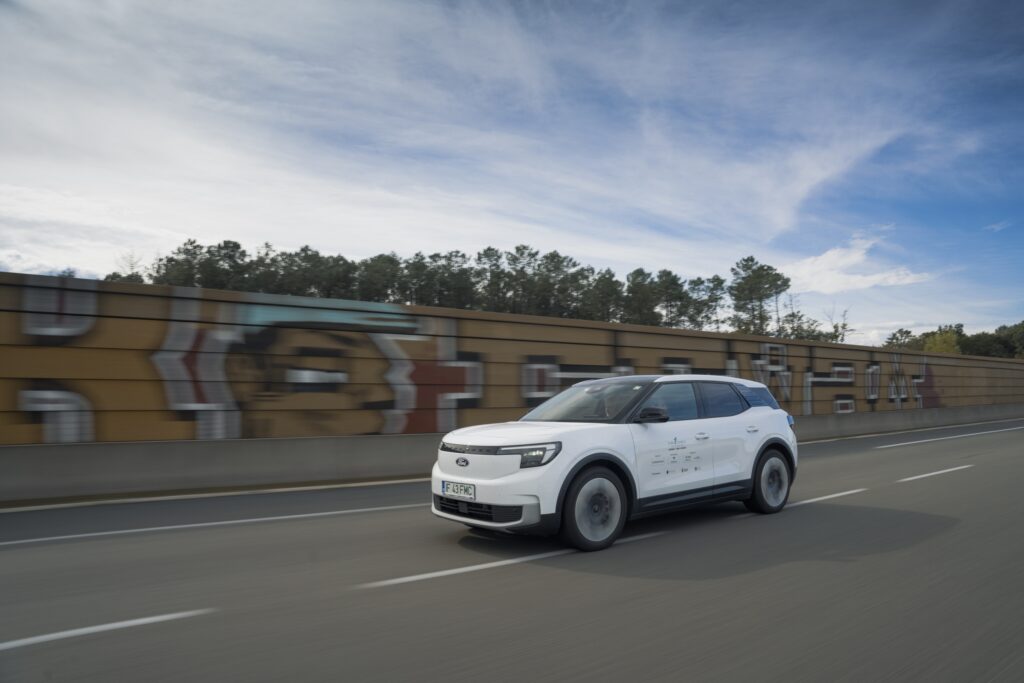

Julius Constantinescu (Digital Storyteller) on Ford Explorer
In the few months since MAX started discontinuing movies with commercials, I’ve cursed the Ford Explorer more than I’ve cursed my Peugeot in the 20 years I’ve owned it. Sure, it’s not Ford’s fault that the streaming platform I pay a subscription to watch movies is shoving commercials down my throat, but I told you that so you’d understand why I first got into an Explorer I was expecting to dislike.
On the outside I had no comment, I already knew from the MAX advertisement that it looked good. But I was slightly disappointed to discover that the inside wasn’t bad either. The materials are quality, the underside of the dashboard is cream, a color that opens up the space and makes the interior seem even bigger, the armrests are on the same level, and the AGR-certified seats solve half of a 50-year-old guy’s problems on the long haul (unfortunately they don’t help the prostate, though it’s possible that the premium trim will solve the toilet trip). The car’s range is also good, you can get 400 km even on the highway (in Romania the highway ends faster than the range).
On the downsides, I’d first of all note the high rolling noise – it’s almost impossible to get along with the passengers in the back seat. Which could also be a plus, though, if you use it to Uber.

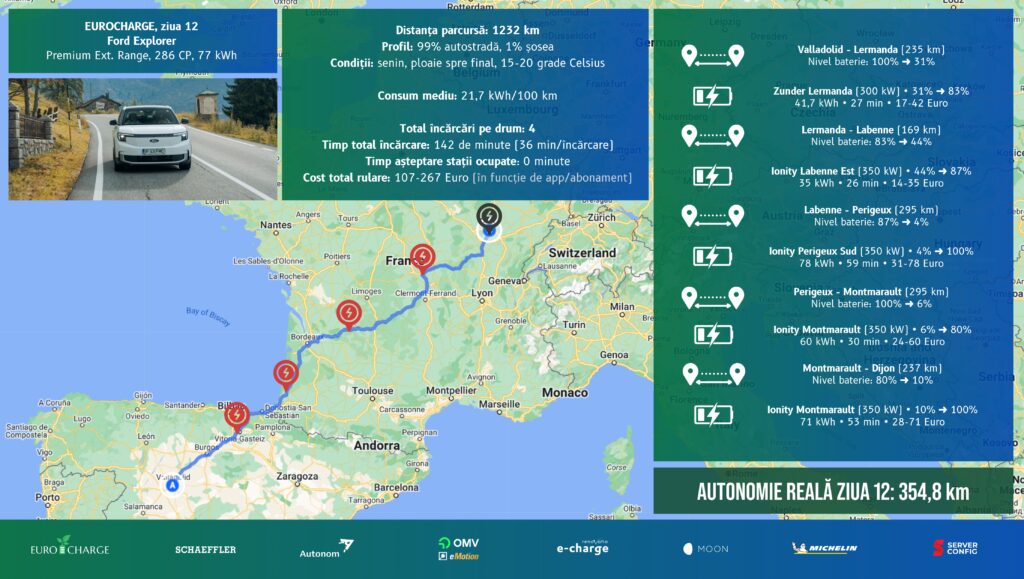
Bogdan Grigorescu(AutoExpert) about Ford Explorer
“Be brothers with Volkswagen until you cross the bridge”, says a Romanian proverb. Well, not exactly, but you get the idea. After years of the Fiesta attacking the Polo, the Focus the Golf, the Mondeo the Passat, and examples that can easily be extended to the SUV range, now Ford and Volkswagen are united by the same goal: to charm customers in the age of electrification. So from rivals they have become allies.
So Explorer takes the ID.4’s tech, adopts a new interior and exterior design and sets off on the adventure of a lifetime.
Robust in every respect, the American left me with a German impression that will never spoil. It’s stable in corners, firm over bumps, optionally has a pair of power-adjustable seats with massage, and comes with good all-round visibility thanks to its conventional shape.
Of course, I have complaints. The autopilot is incredibly hard to set because of the touch buttons on the steering wheel, the lack of physical buttons on the center console clutters the multimedia menu, and the soundproofing is just perfect, and that’s noticeable at high speeds.
Although it has the lowest claimed charging power (135 kW), the Explorer’s battery packs up to 117 kW decently. So you’re not flying electrons through the wires, but you’re not spending eternity at the plug either. The actual highway range at the maximum permissible speed was 354km, sufficient but not exciting.
Overall, the Explorer appeals to those who want a responsibly assembled electric SUV with good dynamics and a price that doesn’t raise the pulse, but doesn’t chase absolute superlatives.
Hyundai Ioniq 6
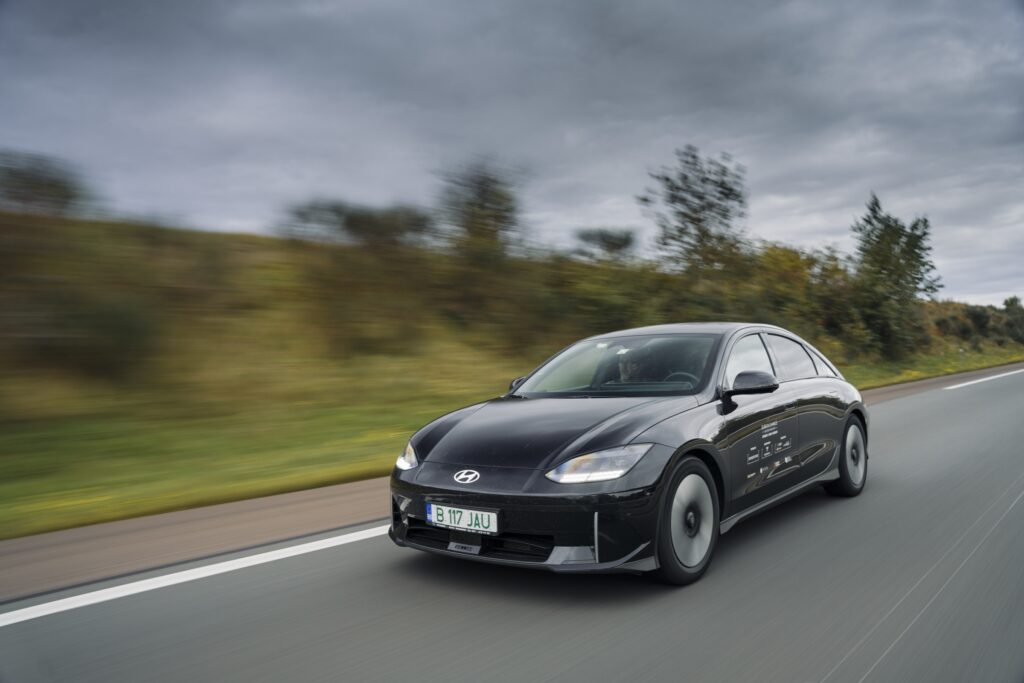
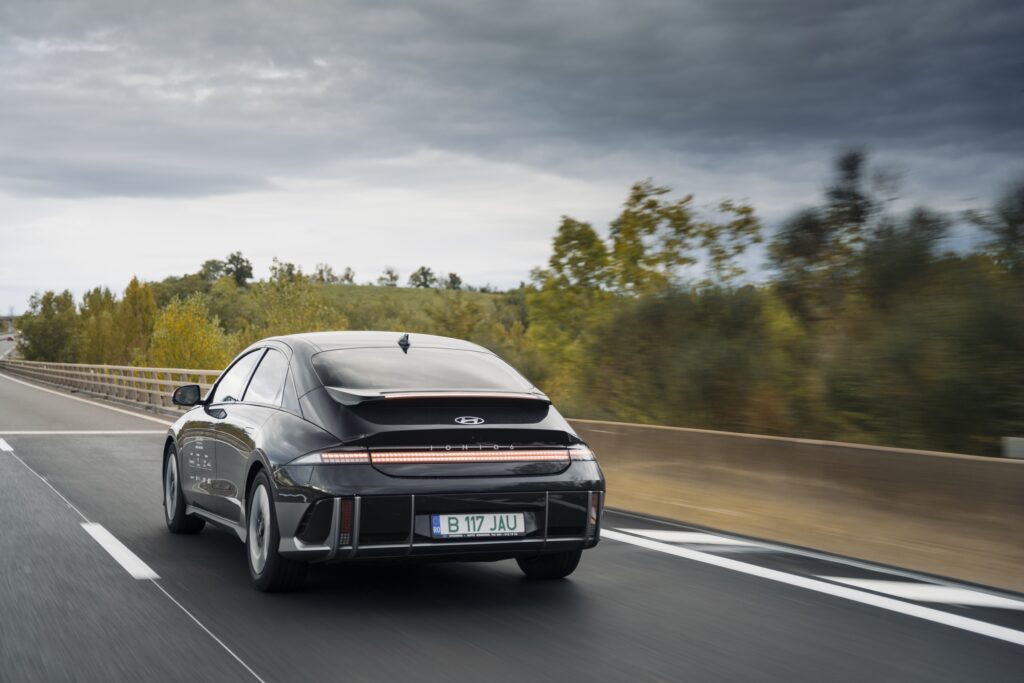
Adi Dima(eblogauto) about Hyundai Ioniq 6
The Hyundai Ioniq 6 is one of the cars on this tour that makes you seriously consider buying an electric car. The other one that makes you have similar feelings costs over €100,000, so the Ioniq 6, at around €45,000, seems like a real bargain.
The aerodynamic profile that makes it fuel-efficient, especially when running at highway speeds, gives you complete confidence in the South Korean model. Where other electric cars struggle with the wind blades, the Ioniq 6 glides through the atmosphere like a seagull diving for fish. Yes, the seats may not be the most comfortable, yes, the black interior isn’t the most appealing, but Hyundai’s electric model makes you feel actively involved in the driving process, something that, sadly, isn’t characteristic of electric cars in general.
The 800V architecture also makes charging a dream, and the 74 kWh battery gives you about 400 km of range in almost any conditions. The 229 horsepower put to the pavement by the rear axle is enough to both maximize your range and have a little fun if the mood takes you.

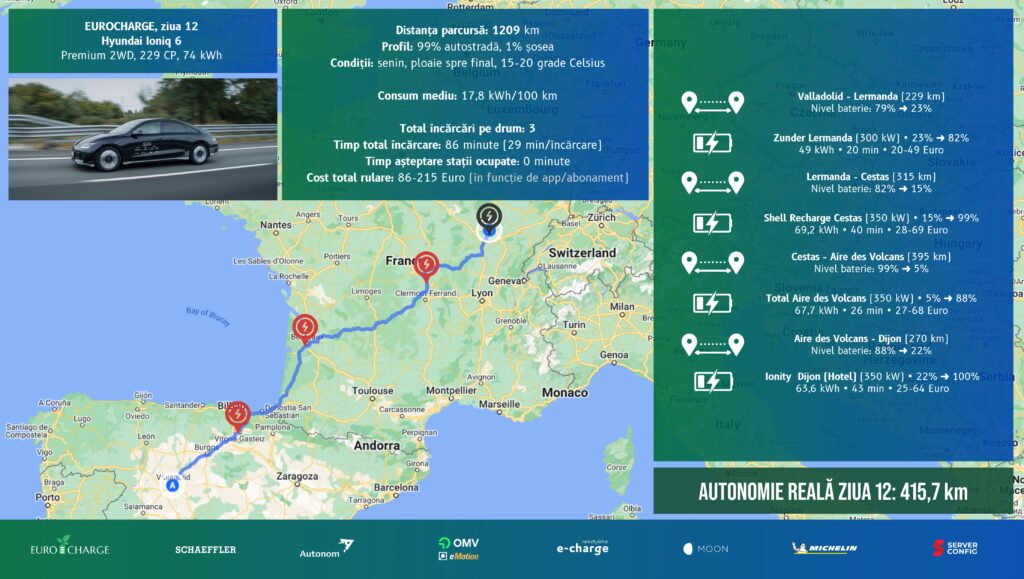
Julius Constantinescu (Digital Storyteller) on Hyundai Ioniq 6
The Ioniq 6 tries to mimic the shape of the Porsche Taycan, it rides like a sports car, but at the same time costs just €40,000 – so it makes sense to expect some compromises.
I’m going to start like Cicero, though, who was bragging about you a quarter of an hour before he got to “a drunkard, a womanizer, a disgrace to the Republic!” The Ioniq 6 really is a sports car: it’s spirited, sticks to the road and is extremely maneuverable. Being electric, it’s off the stoplight before even a seasoned cabbie can start honking. It also has a sensational sound system, practically the only thing better about the Ioniq than the Taycan.
And now let’s look at the “a disgrace to the Republic” part. First of all, it’s very low, which is ok when you want to put the chick on the freeway with no speed limit, but in real life even the Matiz’s headlights blind you on the street. The display on the dashboard is very slow, it actually has a delay of 2-3 seconds – I haven’t seen anything like it since I was on the internet on my Pentium III. And that’s not all: it’s so colorless, you feel like you’re in Linux.
The version I drove had ambient lighting (it’s available as an option), but at night, if it’s closed, it’s dark as you can poke your fingers in the eyes. Basically all you can see inside is the screen running in Linux and the dashboard also in black and white, mimicking 80s-90s models.
I didn’t think the assistance systems were great either, I turned them off because they were more confusing than helpful. I couldn’t figure out how to disable the audible warnings, which drove me crazy because on the Ioniq 6 they all beep like Micutzu on iUmor.
All in all, the Ioniq 6 is a cheap sports car that runs very well, mimics Porsche on the outside and burns basic-retro on the inside, like a racecar.
MG4
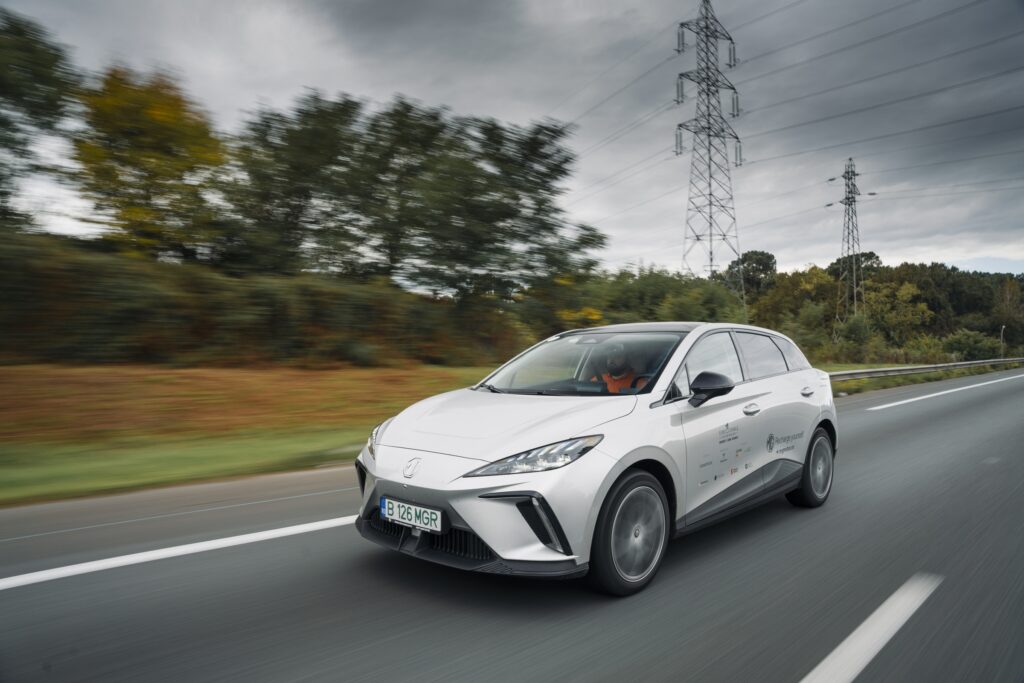
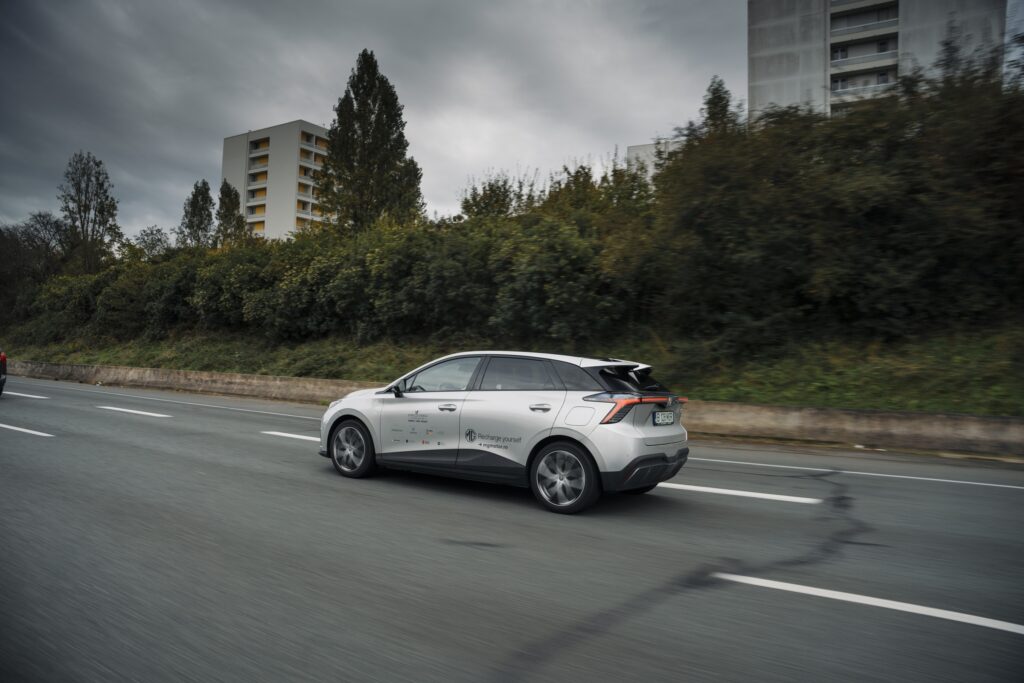
Gabriel Nica(With and About Cars) on MG4
The ugly, reliable duckling. That’s how you might characterize the MG4. Of all the models lined up to start the #eurocharge, the MG4 is perhaps the most unpolished of the unmistakable. And understandably so, especially given the price.
Yes, the Chinese model is the most affordable here and it shows in places, especially the interior, where some materials could be better and the multimedia system looks a bit dated. Even so, the MG4’s motto could be “utility over niceties”. Why? Because despite these minor shortcomings, and a slightly confusing exterior design (what is it? a hatch? a crossover?) the little duckling has proven to be extremely reliable.
Range estimates were accurate, and tailored to fuel consumption and conditions, charging was quick and predictable, and seat and suspension comfort were up to the task. Basically, little to fault unless you start splitting hairs.
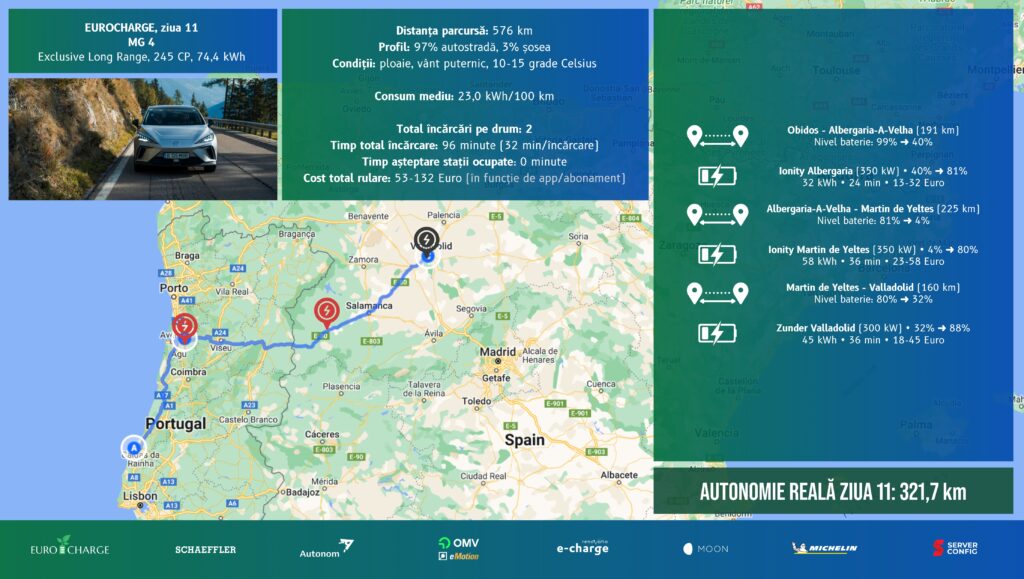

Adi Dima(eblogauto) on MG4
A lot of things can be said about the MG4, but no one can say it’s an expensive car, given the other models in the EUROCHARGE 2024. With a price tag that barely passes the €40,000 mark, the MG is the least expensive, but also the least suitable for long trips. Soundproofing and trim become elements you get used to and tolerate when spending long stretches in this model, and the range is the poorest of the cars on this tour.
As a roomy city car, the MG4 is excellent, but as an electric car you’d venture across Europe in, the Ioniq 6, which is just €4,000 away, is a more efficient, more fun to drive and a little better finished.
I think for those who are severely limited by budget, the MG4 is a solution, but for those who are willing to put a little more money or accept a city car with less interior space, the British manufacturer’s MG4 is no longer the best choice.
The downside is that the Chinese factory has full confidence in its products, so you get a 7-year warranty.
Porsche Taycan
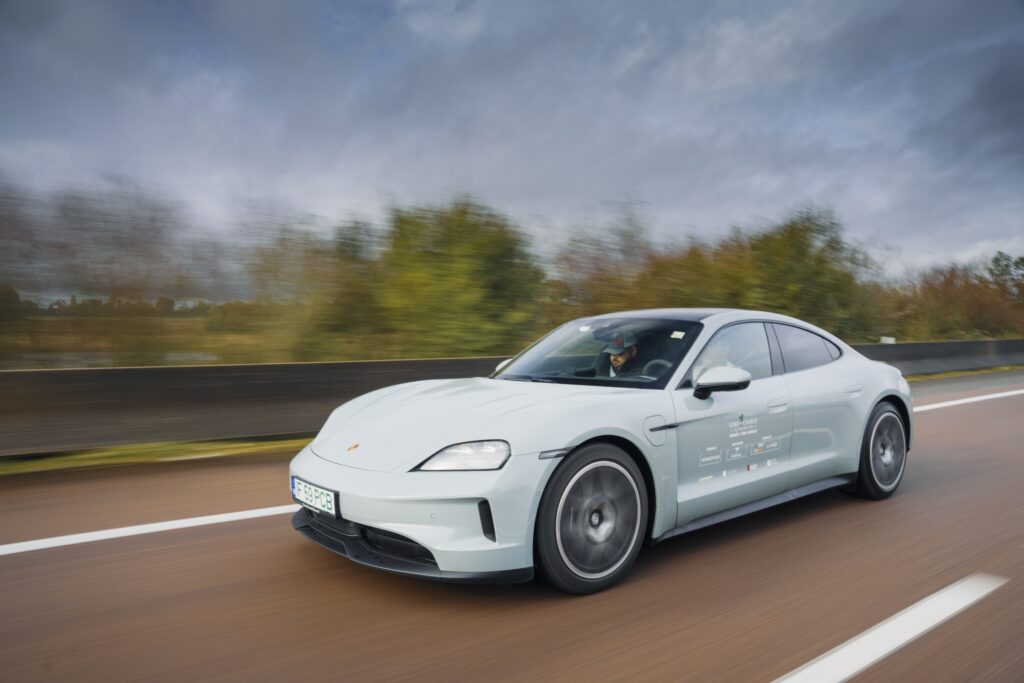
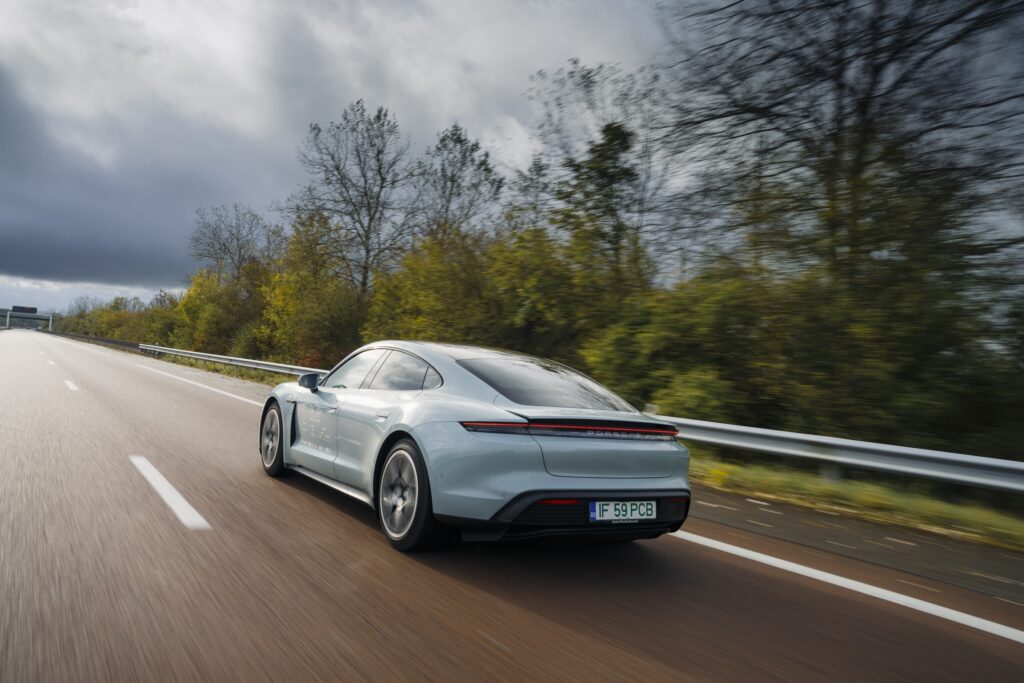
Dan Scarlat(Top Gear Romania) on the Porsche Taycan
One of Porsche’s most important qualities throughout its history has been consistency; otherwise, we wouldn’t be able to talk about the 911 as the world’s most recognizable sports car. Basically, that’s part of the recipe for German engineering success: continuous product improvement. After five years in production and nearly 150,000 sold, Porsche’s first electric car has received a facelift. Stylistically, it’s the same proportions, but there have been minor detail changes (a headlight, spoiler, slit, wheel rim), as you’d expect from such a facelift.
More surprising are the technical changes. The best news is that the range has increased significantly, partly thanks to better overall efficiency (modified inverters, improved thermal management, increased recovery capacity by more than 30% from 290 kW to 400 kW, optimized aerodynamics, etc.), partly thanks to a battery with increased capacity from 93.4 to 105 kWh. Even the maximum charging speed has gone up, from 270 to 320 kW, which means a charge from 10% to 80% in 18 minutes, if you find the right station. And we found it on EUROCHARGE’s longest day. Several times.
Today, this car proved that German engineering remains cutting-edge. On the longest day of EUROCHARGE, the Taycan showed that it can cover long distances on the highway as fast as a thermal car. We covered the distance Valladolid – Dijon (1240 km) in less than 12 hours, just on the highway at legal speeds. Of course, we also spent some time recharging, but it took a total of one hour and ten minutes. Basically, we barely had time to grab a bite to eat and visit the toilet.
Otherwise, even in the base 408bhp version, the Taycan is a true Porsche, accelerating quickly, in 4.8 seconds – 0.6 seconds quicker than in the past. But perhaps more importantly than that, the Taycan shows that performance can also be environmentally friendly.
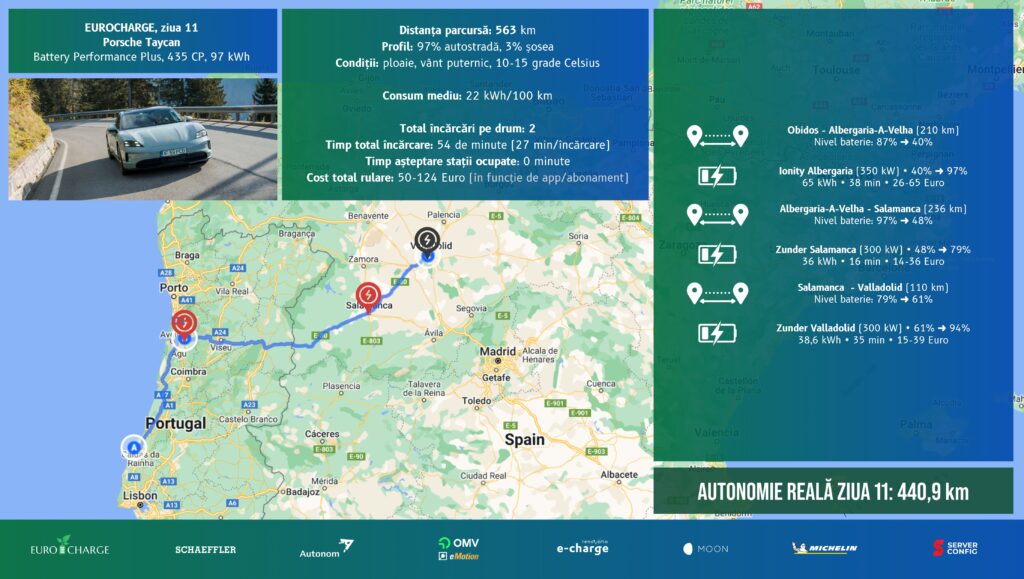
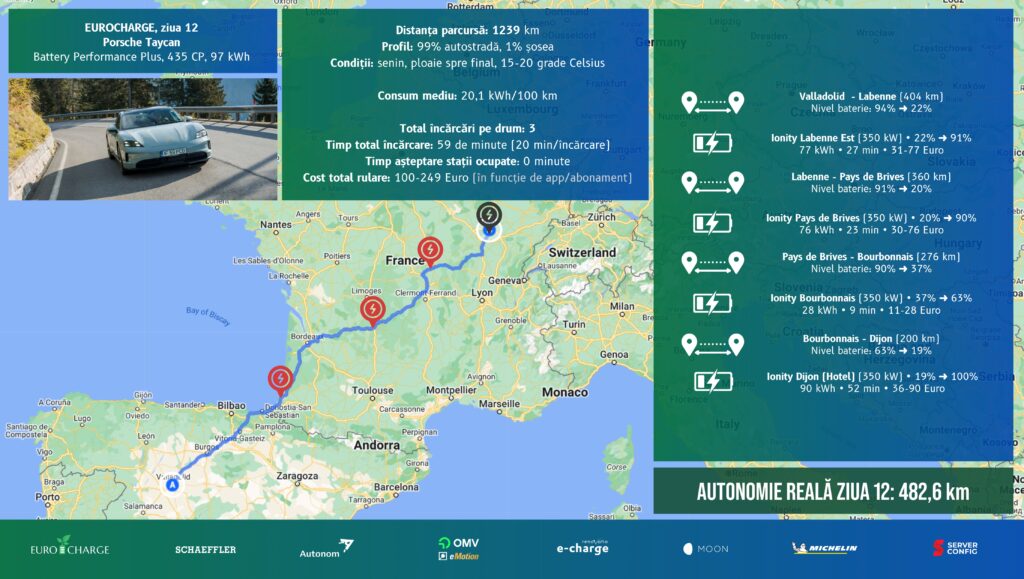
Gabriel Nica(With and About Cars) on the Porsche Taycan
The living proof that “Money can’t buy happiness” was a saying uttered by someone who didn’t drive the Taycan. I don’t know how it is, but every time I come into contact with the Stuttgart-based brand I get a little depressed, reflecting on the aforementioned proverb.
In a nutshell: the Taycan is without a doubt the most desirable model in this rather diverse gathering of electric cars. It charges so quickly that breaks become reason to raise your pulse, has better range at 100mph on the highway than many other cars here at 80mph, and absolutely impeccable roadholding.
And yes, everything comes at a cost. Big. But that’s as it should be. Want the best on the market? You have to be willing to pay for it, right?
Renault Scenic E-TECH Electric
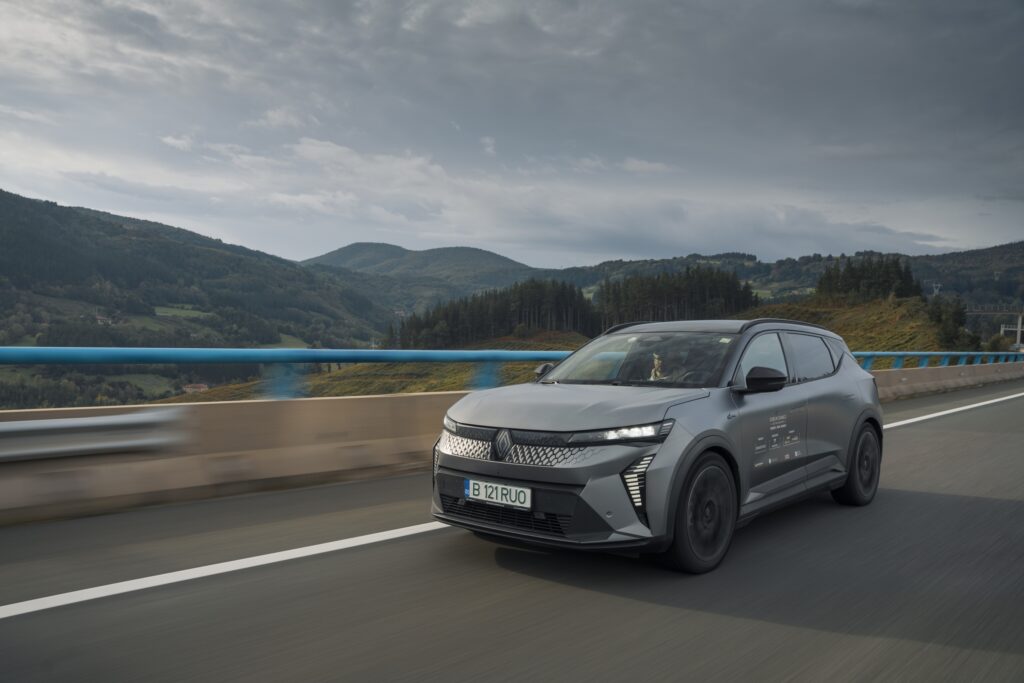
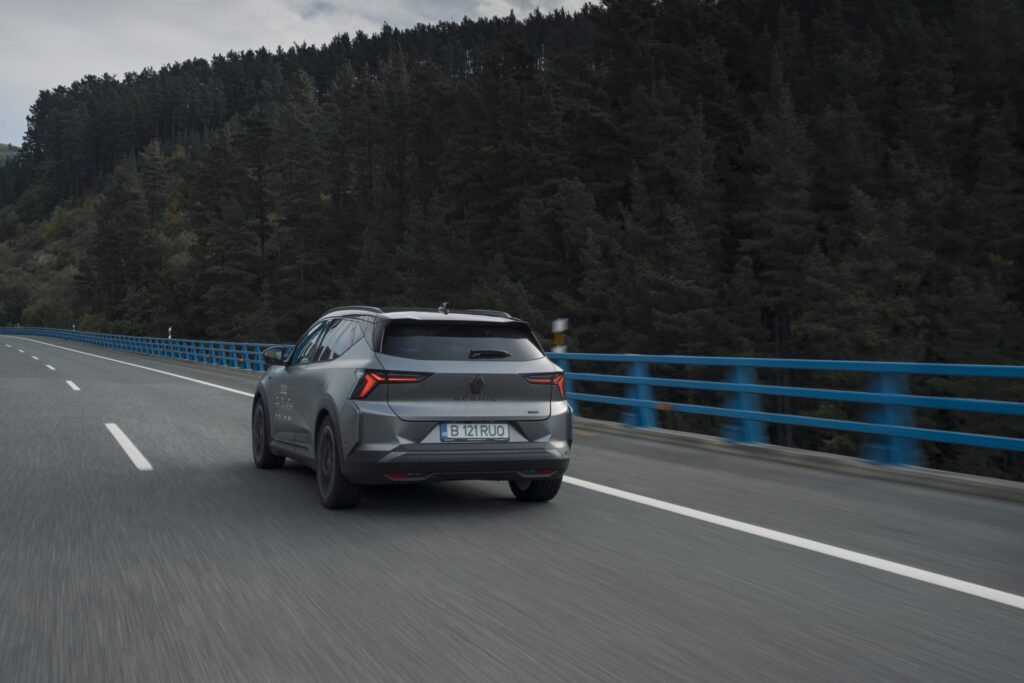
Andrei Barbu(MotorVlog TV) on Renault Scenic E-TECH
1,207 kilometers in 13 hours and 58 minutes, including charging breaks. It’s a simplistic, banal conclusion, but it says a lot about what a long drive in an electric car is all about when the road and charging infrastructure is as it should be. The time spent on the road is also a surprise to me. I was expecting 16-17 hours, severe fatigue and nerves stretched to the max. But that wasn’t the case. Not at all. It was relaxed driving, at the upper limit of the legal speed limit, no wasted time with non-charging stops and we arrived at the hotel in the evening, just in time for dinner.
There’s a lot to say about the Renault Scenic. But in short, it’s the kind of electric SUV that’s perfect in a family car context. It’s roomy, comfortable, with a very well thought-out interior that doesn’t drive badly at all. The suspension gets the job done, the steering is with you in the big moments and the brakes work perfectly every time. It doesn’t go for sportiness, but for such a spacious, front-wheel drive electric SUV, the Scenic hides its pounds well when you’re cornering. And on long highway drives, the car is quiet, even when it’s pouring rain, and the suspension floats elegantly over bumps and bridge joints. Good enough to get out of the car in good spirits after a 14-hour drive. And that’s no small thing. Quite the opposite!
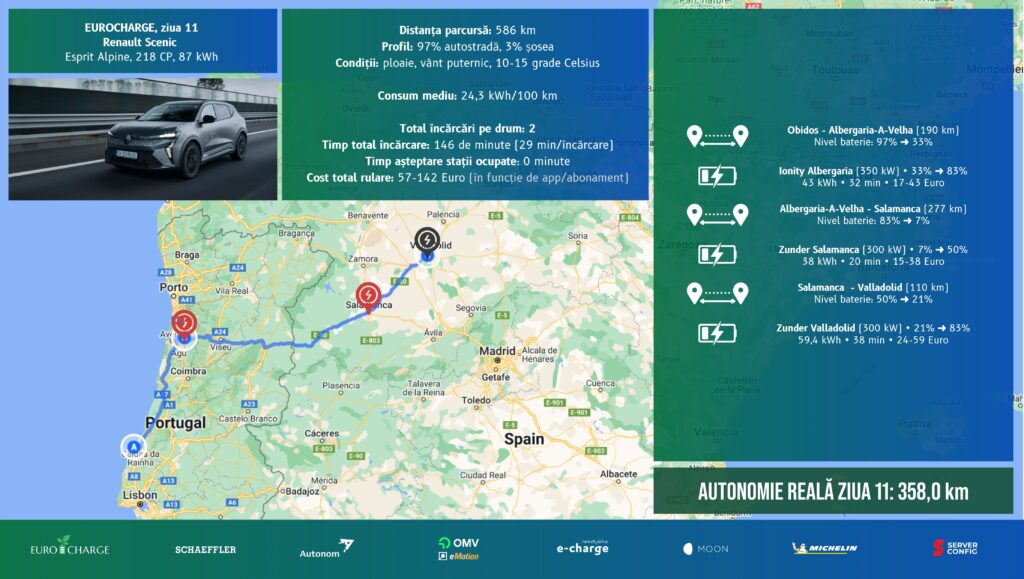
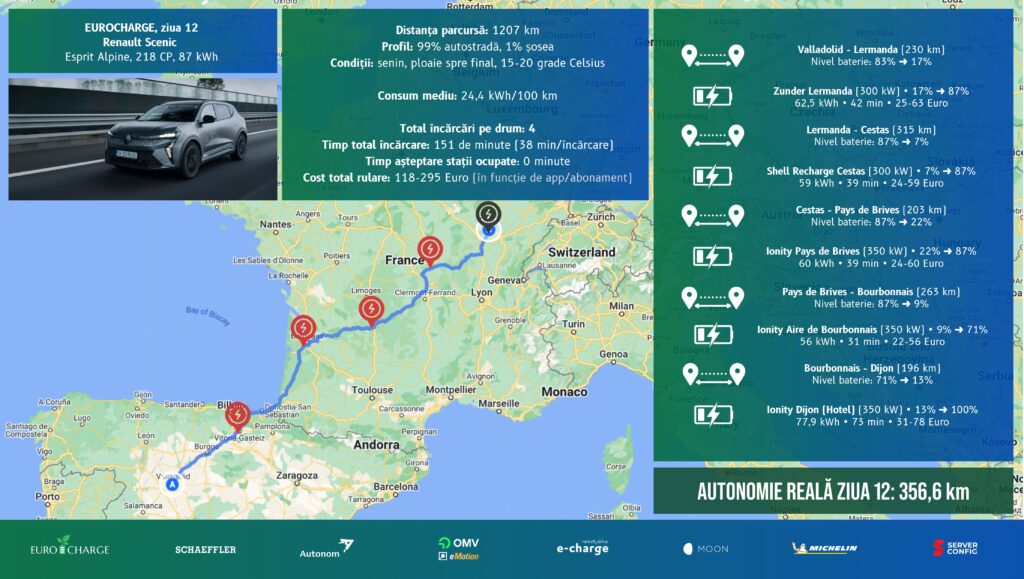
Alin Ionescu (The Driver) about Renault Scenic E-TECH
They weren’t the prettiest cars, but they were very practical. With expansive glazed areas all around the perimeter of the car and plenty of storage space, MPVs had their moments in the sun. The Renault Scenic, for example, adopted this body shape for four generations, and was even available in two wheelbase versions and all-wheel drive before the SUV boom. But the world has changed, and along with the popularization of electric propulsion, SUVs have slowly but surely eaten into all other segments, replacing MPVs, station wagons and even traditional hatchbacks. As a result, the fifth-generation Renault Scenic is a compact-class electric SUV.
Once over the shock of the transformation from MPV to SUV, the new Scenic proves that it hasn’t lost its family-friendly credentials. The 2.78-metre wheelbase offers generous interior space, especially for the rear passengers, who have knee room as in a top-class car. Trunk volume doesn’t disappoint either, with up to 545 liters of luggage. The feeling of space is further enhanced by the variable-transparency glass roof, which can be made opaque at the touch of a button.
As in the past, the Scenic shares the same platform as the Megane. But because it’s now a 100% electric SUV, it’s twinned with the Megane E-Tech, taking some of the strengths of Renault’s much-loved Megane. The design is a variation on the same theme, while the interior emphasizes quality and good taste. The Scenic is very well equipped, using a multimedia system running Android Automotive. The graphical user interface is pleasant, and the two 12-inch and 12.3-inch screens legibly display all the information needed in a modern car.
In the top version, with its large 87 kWh battery and 220 hp engine, the Scenic offers a generous range – even in highway conditions, where it can easily reach over 400 km between charges. Charging at fast charging stations can be done with up to 150 kW. What’s more, Renault retains the trump card of being able to ‘pull’ 22 kW from AC stations, a rare virtue in the world of electric cars.
Volkswagen ID.7
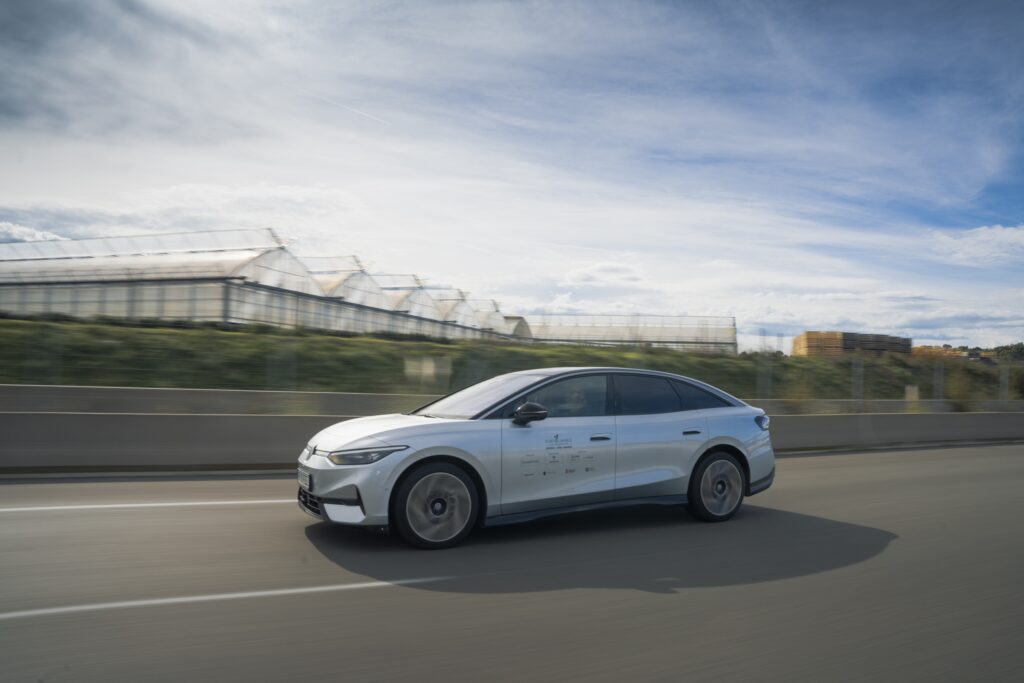
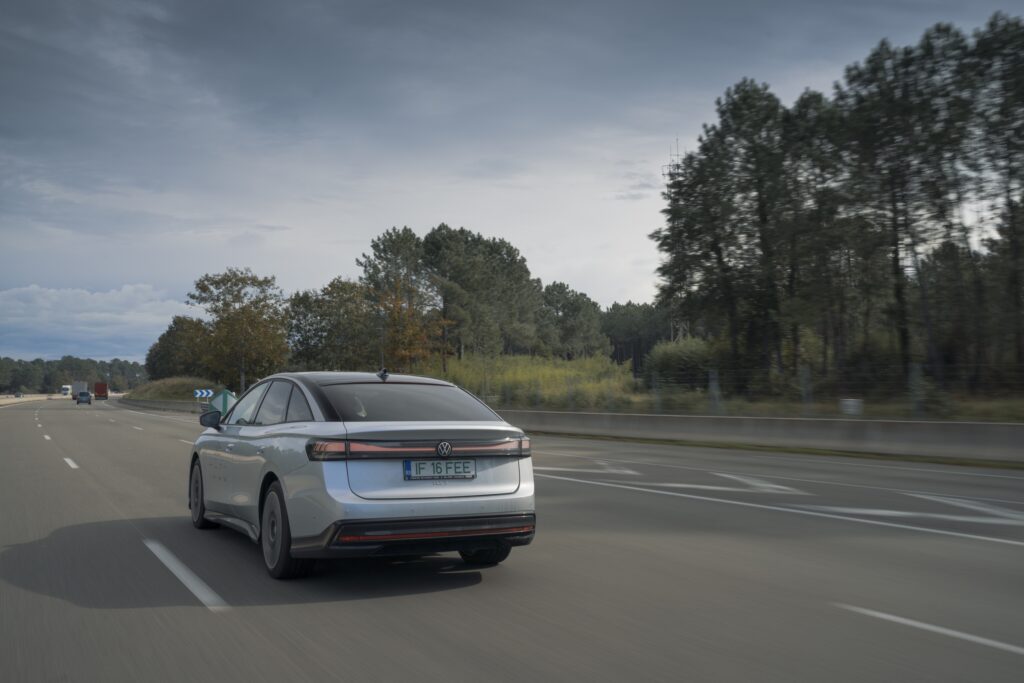
Tibi Buzdugan(electromobilitate.com) about Volkswagen ID.7
When you ride the ID7, you feel like you’re in a cloud. You’re very well soundproofed from the outside world, and the space is generous – even if you’re stuck behind someone 1.9 meters behind you, there’s still room to stretch out. The boot is big enough to take your entire wardrobe with you. Over long distances, you’ll appreciate the excellent adaptive suspension, worthy of a premium car. Sure, in Comfort mode, the car can feel like a steamboat in corners, but you can always stiffen it up if you want to feel more stability. The seats are extremely comfortable, including many massage functions. After 1200km in one day I had no problems.
On the highway, the car performs pretty well, with a range of about 350 km between charges if you don’t want to push it. On slower roads, you can get somewhere between 450 and 500 km. Charging speed is pretty good, especially if the battery drops below a third. And surprisingly, even after 80%, charging is still pretty fast, so you can get to 100% without losing more than 50 minutes.
But sadly, the ID7 comes with some of the minor shortcomings of its smaller siblings. The lack of physical buttons on the steering wheel and the use of capacitive ones is a sure recipe for making a few wrong moves – either turn the music up louder or disengage the autopilot, something is sure to happen until you learn to hold the steering wheel very outwardly. The wipers have their own way of operating too, but maybe you get used to them. What’s really bizarre for a car in this class is the lack of a windshield fluid gauge. And the adaptive autopilot is very effective and capable… 99% of the time. Once in a while, the GPS does a little trick and brakes suddenly, anticipating an intersection or roundabout that doesn’t exist.
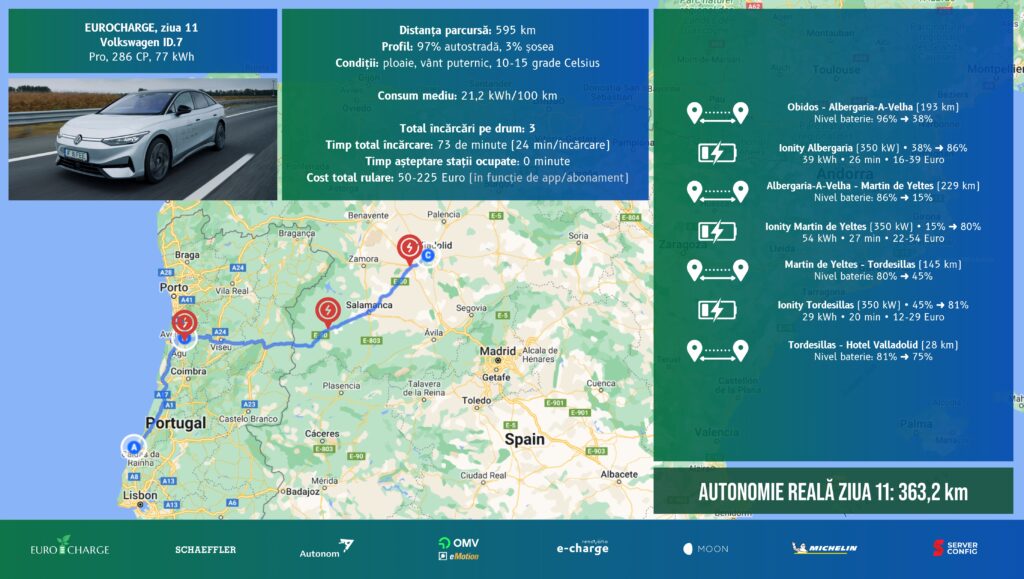
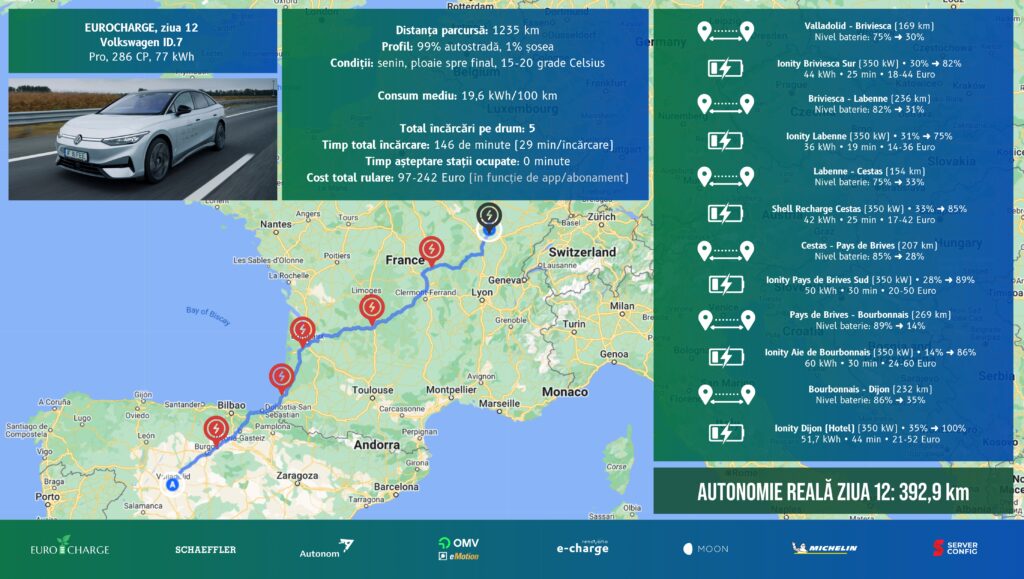
Andrei Barbu(MotorVlog TV) on Volkswagen ID.7
The Volkswagen ID.7 is undoubtedly at home on the highway in Germany. Covering many kilometers at high speeds with excellent fuel consumption. It’s a different kind of electric car, if only in that it’s not an SUV. It’s a large sedan with excellent suspension, ergonomic seats, superb sound deadening and ideal long-distance handling. A different kind of Passat. Quieter, more refined, more efficient. I drove it for nearly 850 kilometers from Dijon to Salzburg, sat in “STAU”, moved fast on the highway and charged just as quickly when necessary. I liked it and think that for the longest trips, the ID.7 might be a wise choice if you want an electric sedan.
Volvo EX40
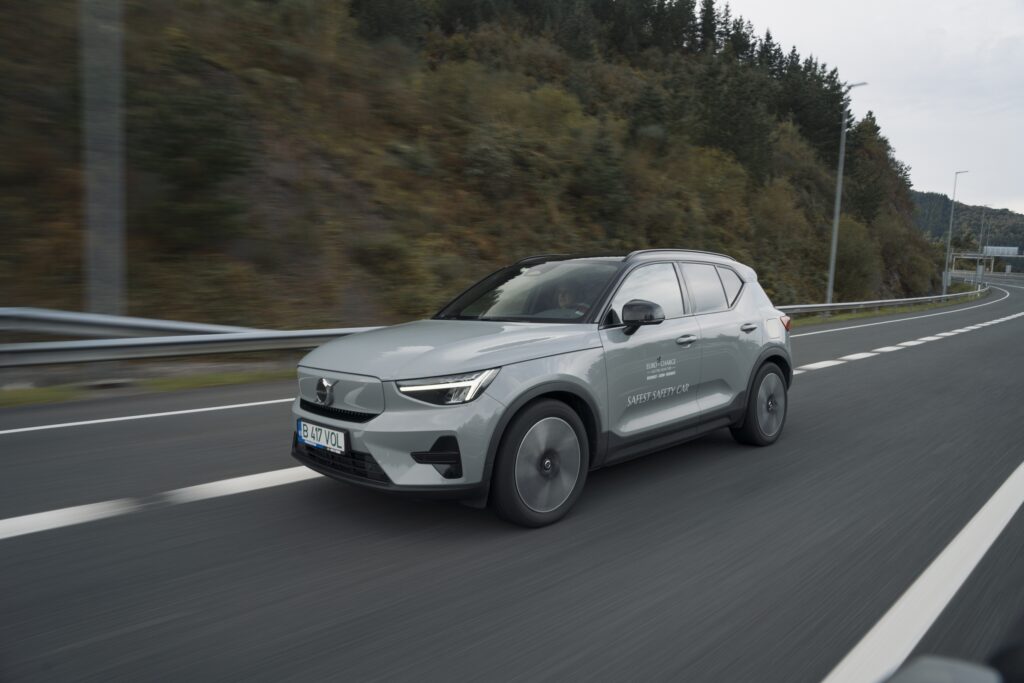
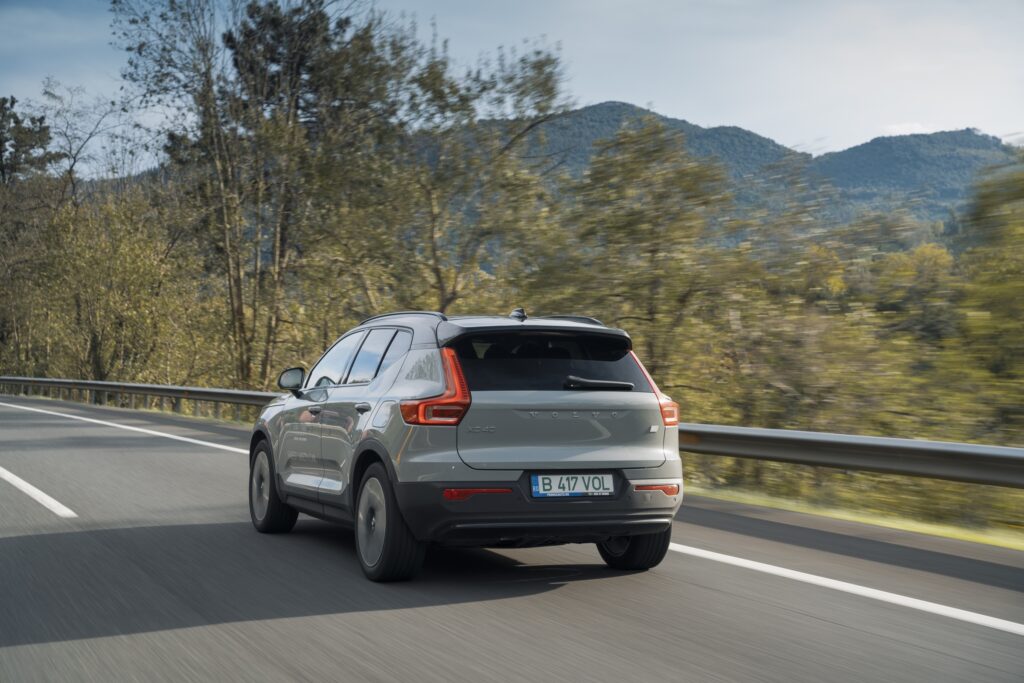
Berti Panaiot (AUTOCRITICA, urbanadventures.ro) on Volvo EX40
We’re on our way back and there aren’t many kilometers left to cover with the Volvo EX40, but these days have been the ultimate test. And that’s because we’ve been driving almost exclusively on the highway.
It was over 1200 kilometers in one day, from Valladolid (Spain) to Dijon (in France). In fact, there were several days where we were constantly driving 800 – 900 kilometers and most of them were on the highway.
It’s not the first time I’ve done 1200 kilometers in one piece, but it’s the first time I’ve done it with an electric. And normally, on a distance like that, I’d definitely stop five or six times. How many times do you think I’ve stopped in a Volvo EX40? Well, 6 times exactly, and each stop was about 20 to 22 minutes.
We left the hotel with 30% battery because we were too lazy to stay to charge the car and the hotel had no charging stations. And yes, we chose a hotel that had no charging stations on an electric car tour. And I think that already says a lot.
The stops were every 200 kilometers or so and lasted about 20 minutes each. At one of the stops we even ate on the run because we were determined not to stay too long to load.
In this respect, the Volvo EX40 does what it promises. It charges quickly, especially if you arrive at the charging station with less than 20% in the battery (I’ve seen 207 kW at an Ionity station), and it consumes little (21-22 kWh per 100 km in highway driving at the legal speed).
And it worked. We arrived without stress, without having to chase other cars at the charging stations, and without feeling like it’s very complicated to have an electric. On the contrary.

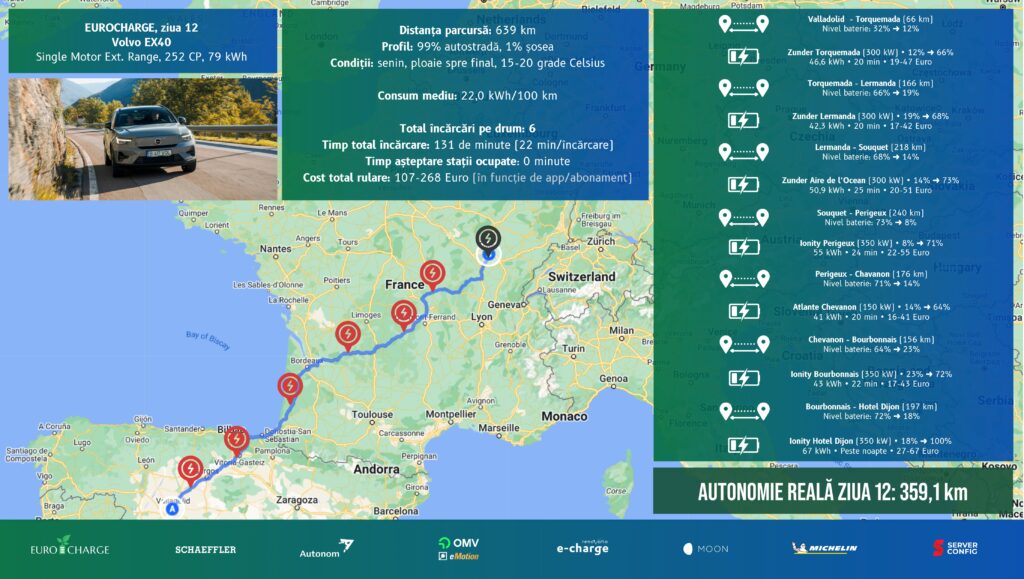
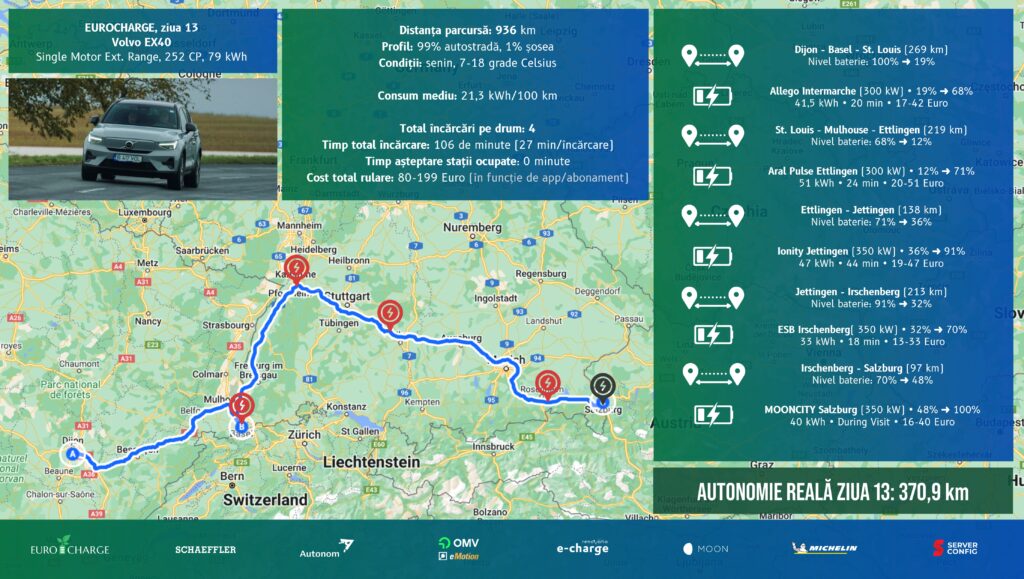
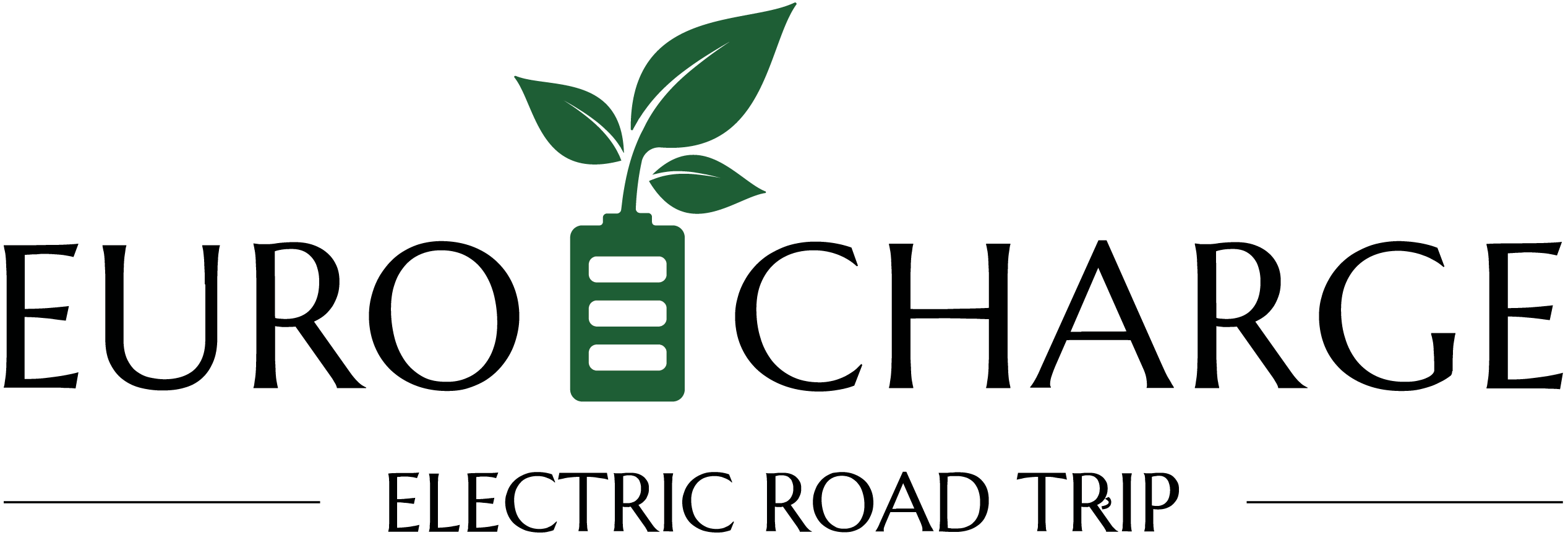
is a project backed by SCHAEFFLER
Charged by
OMV eMotion and Renovatio e-charge
Green Partner
Autonom
Charging stations
MOON România
On the road with
Michelin
Powered by
Server Config

